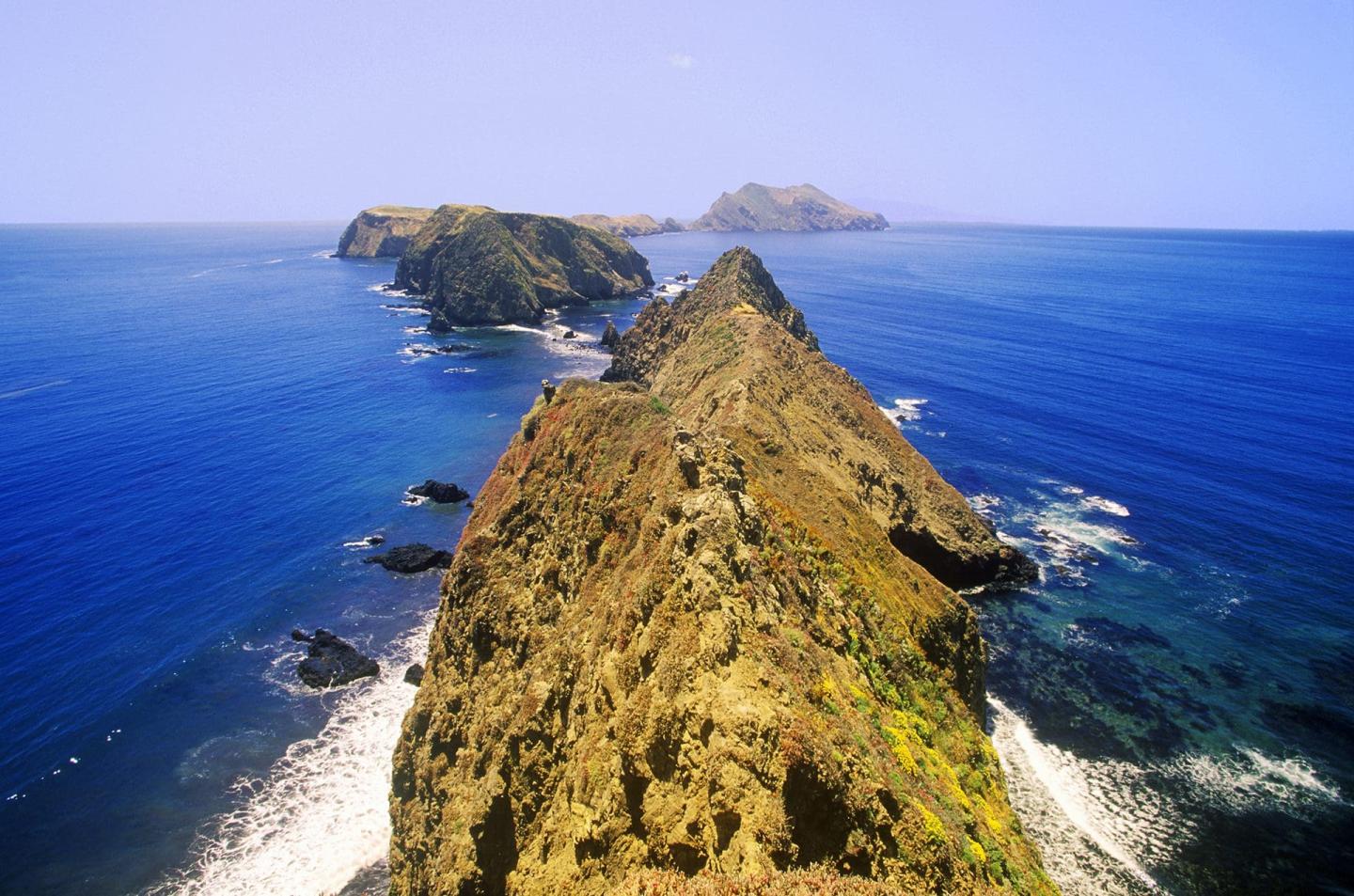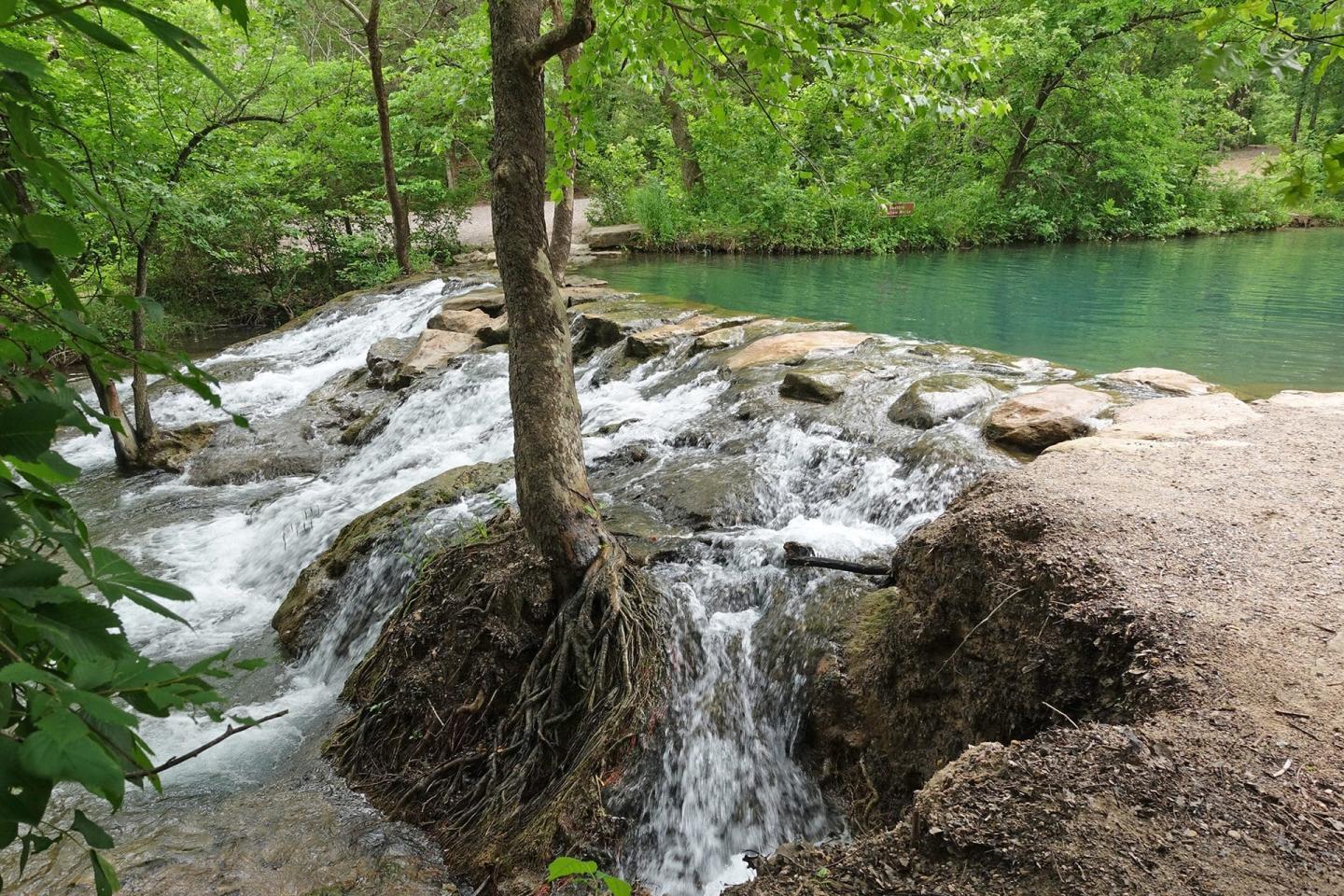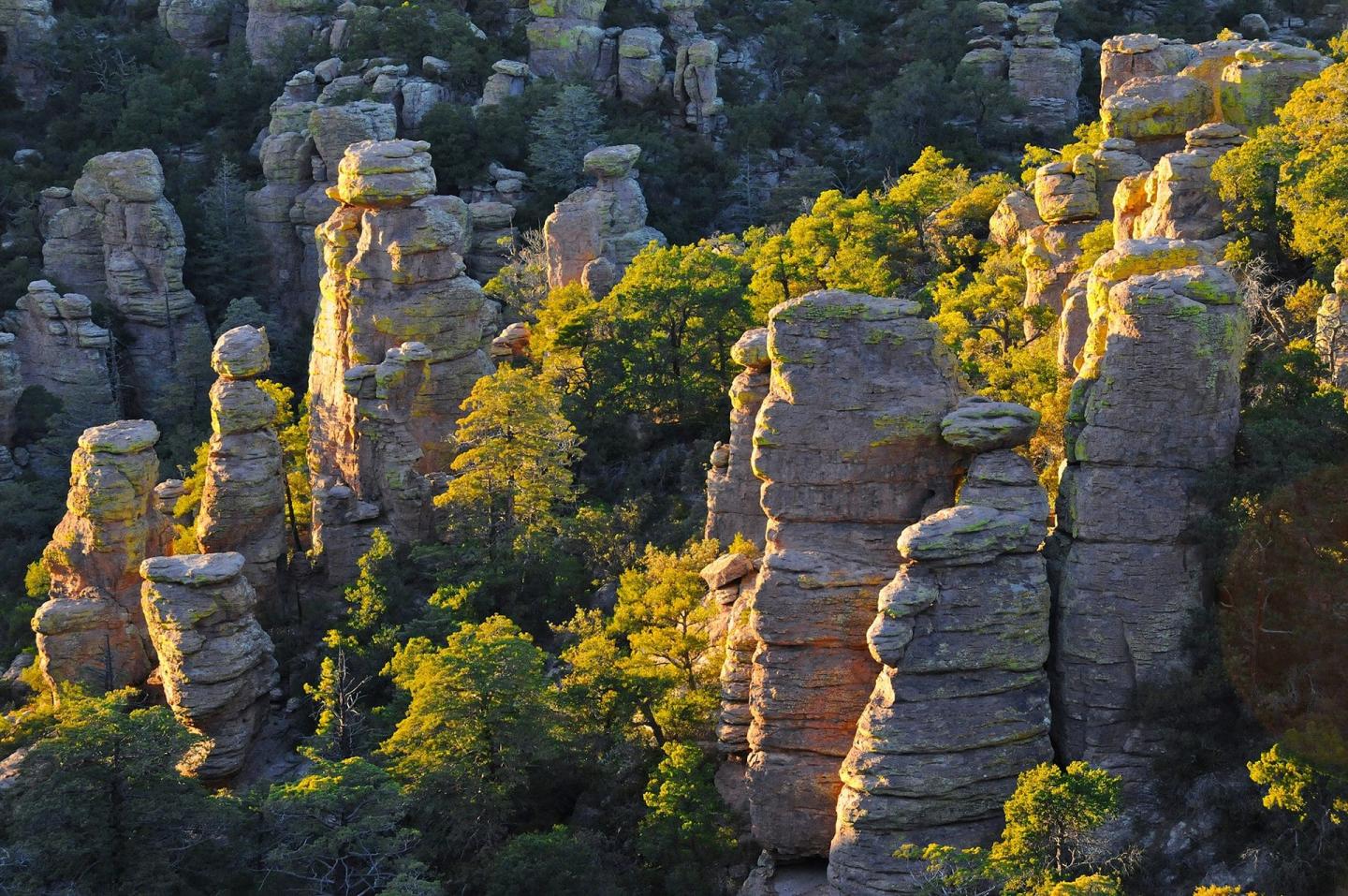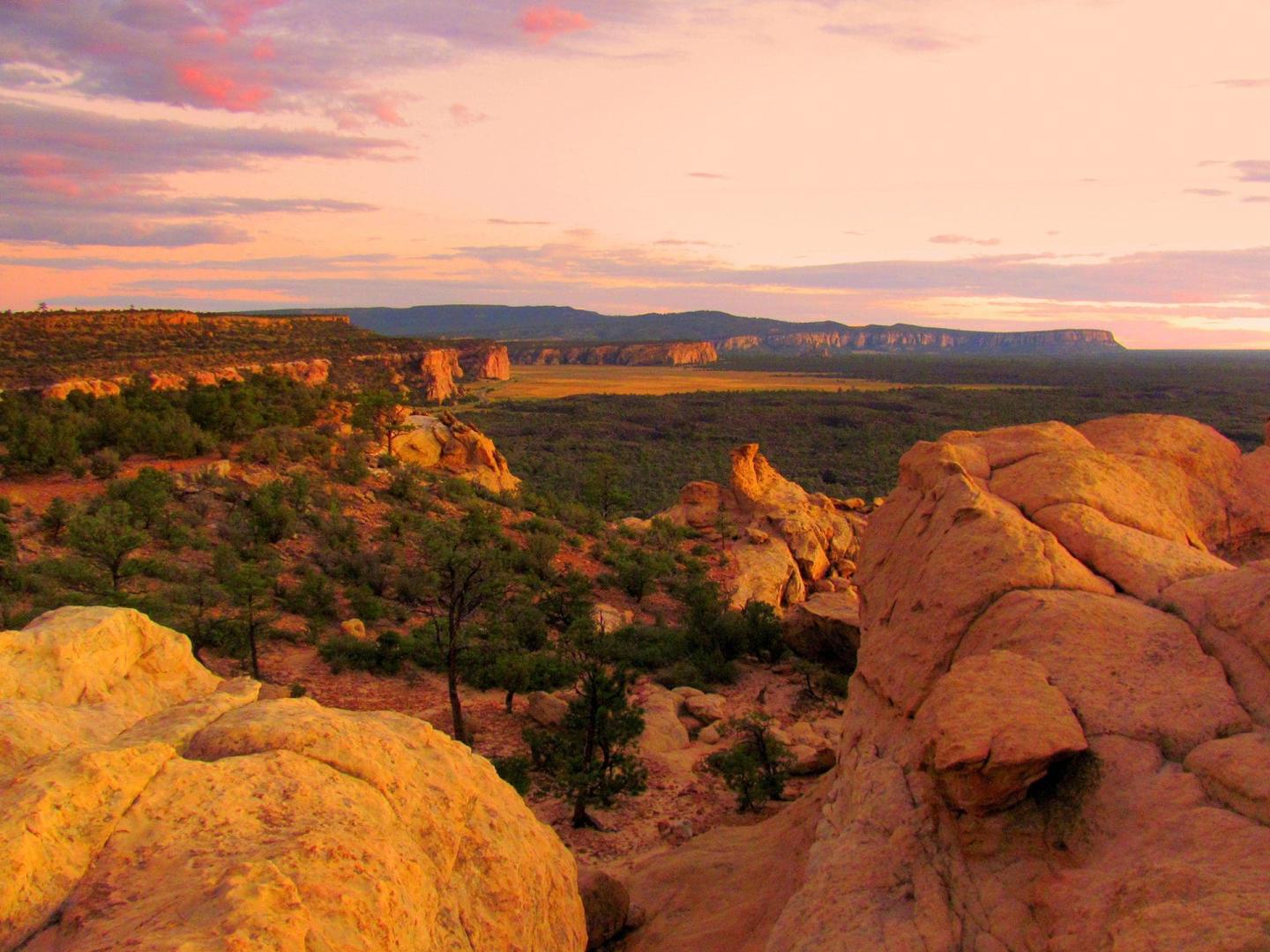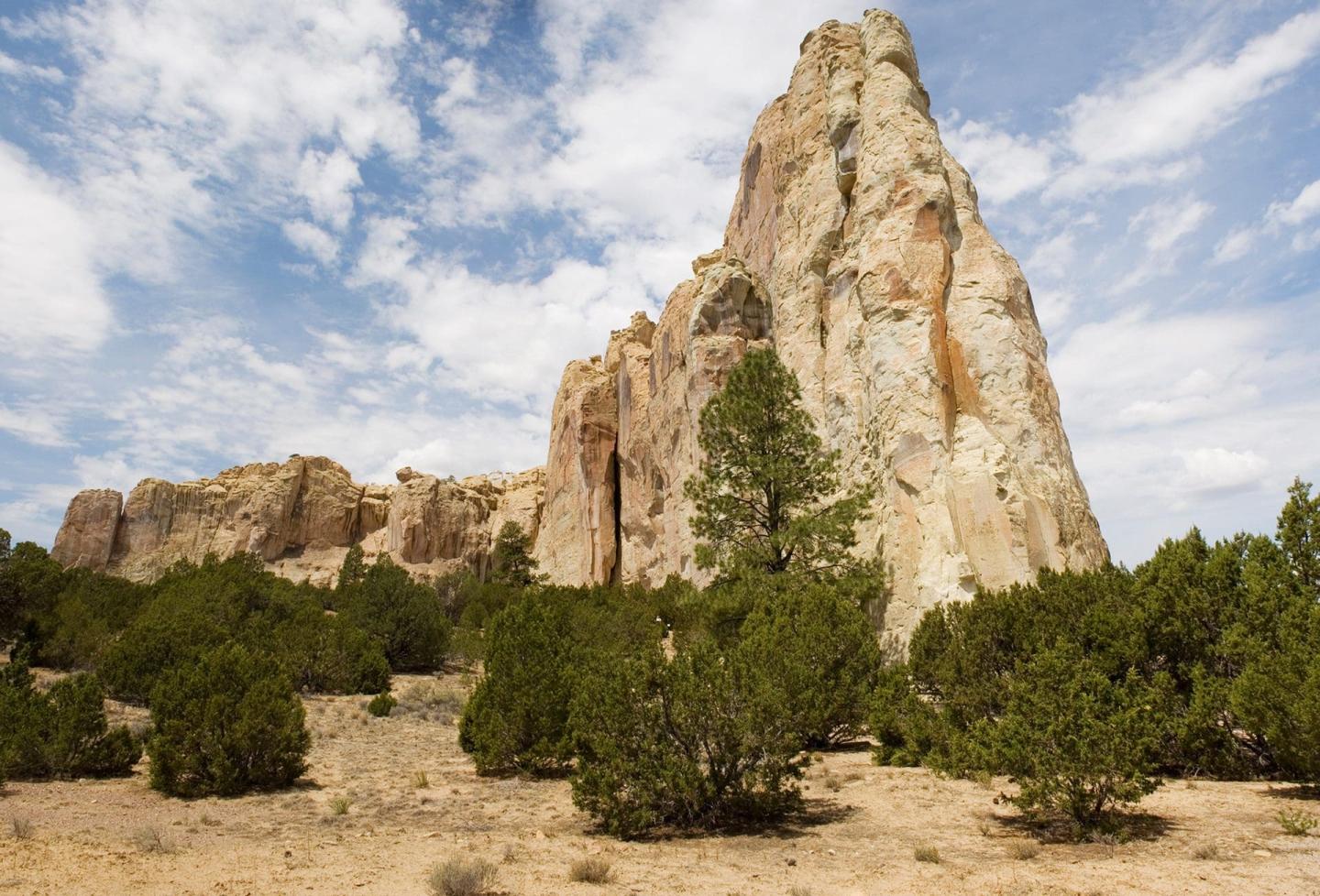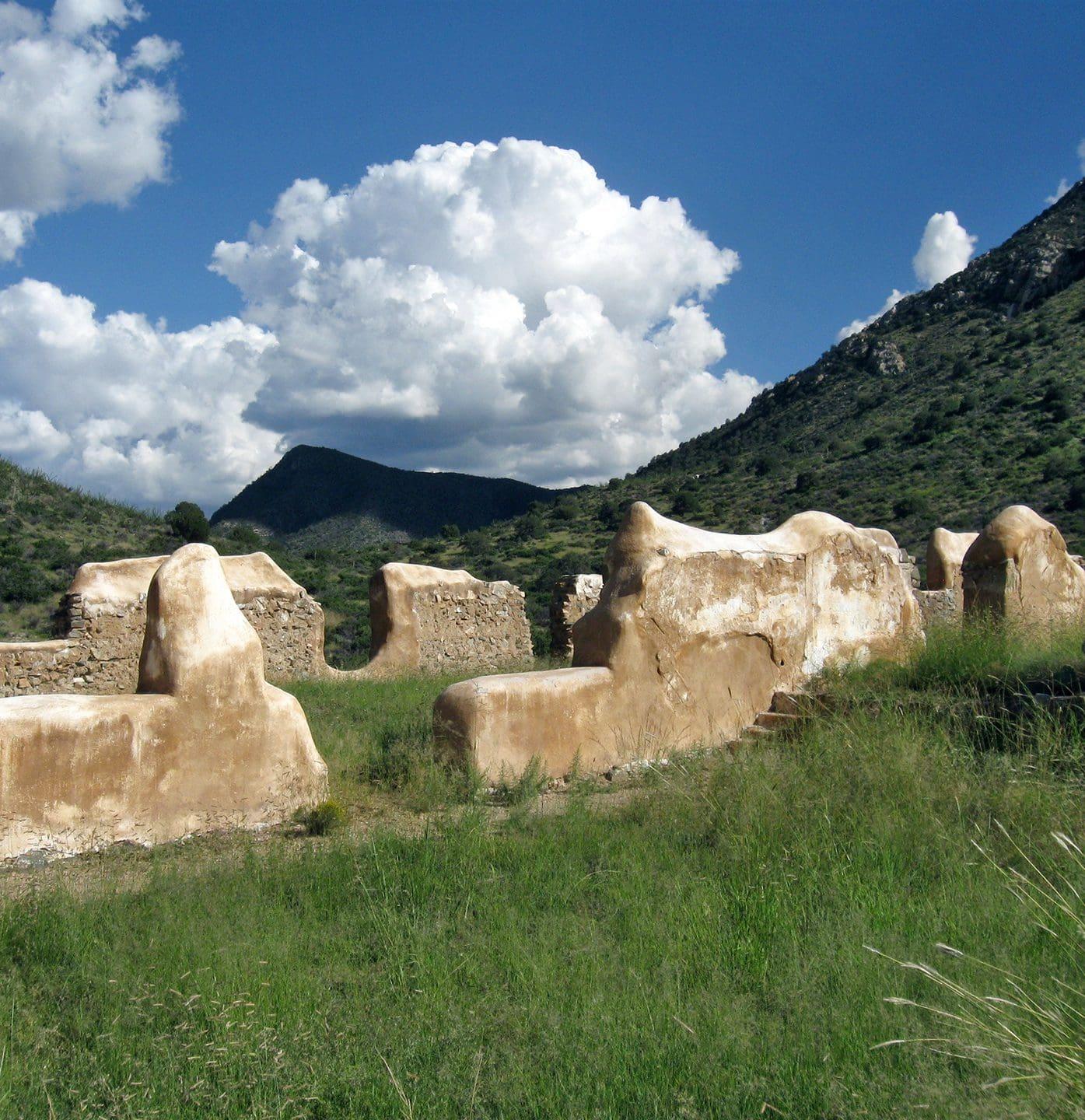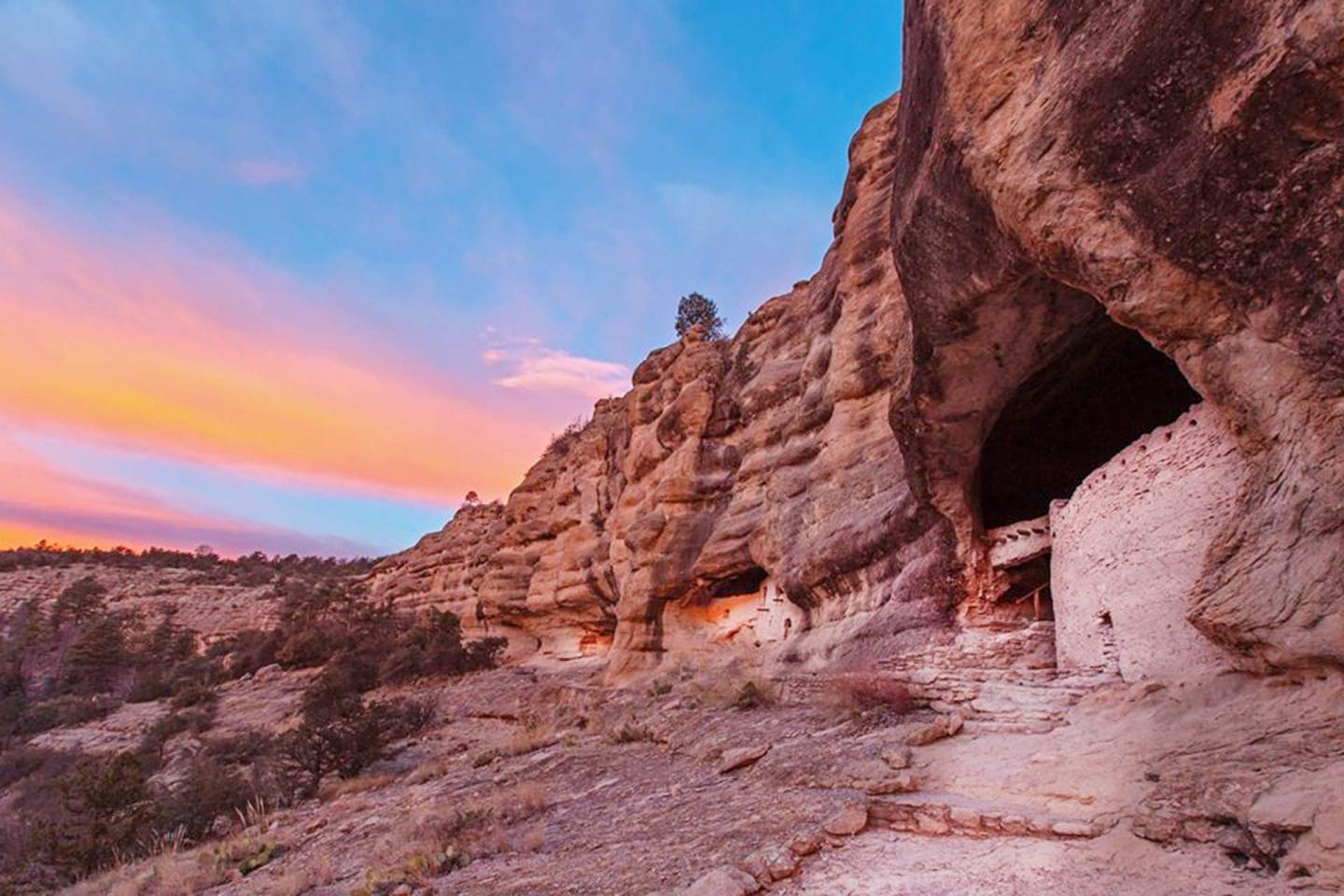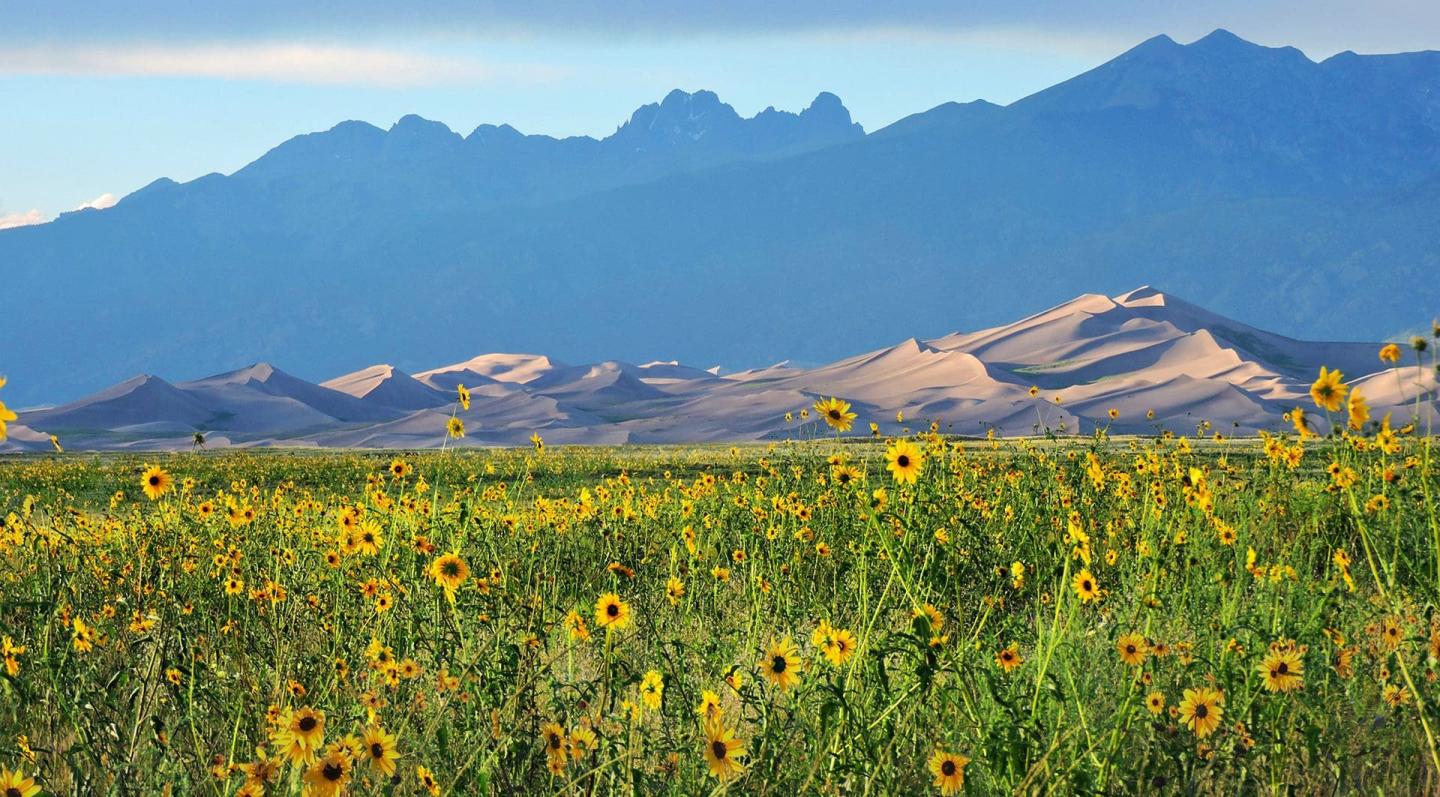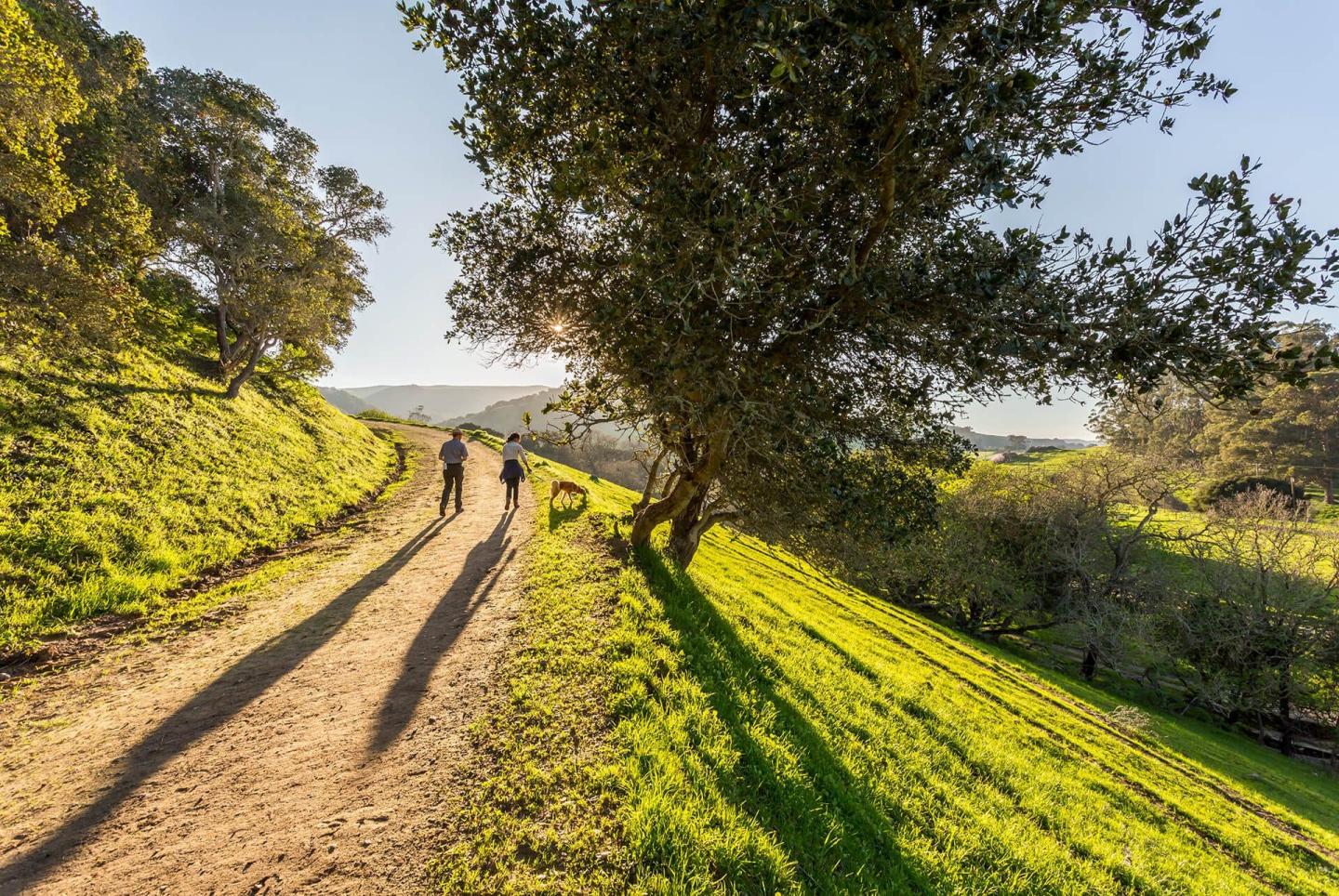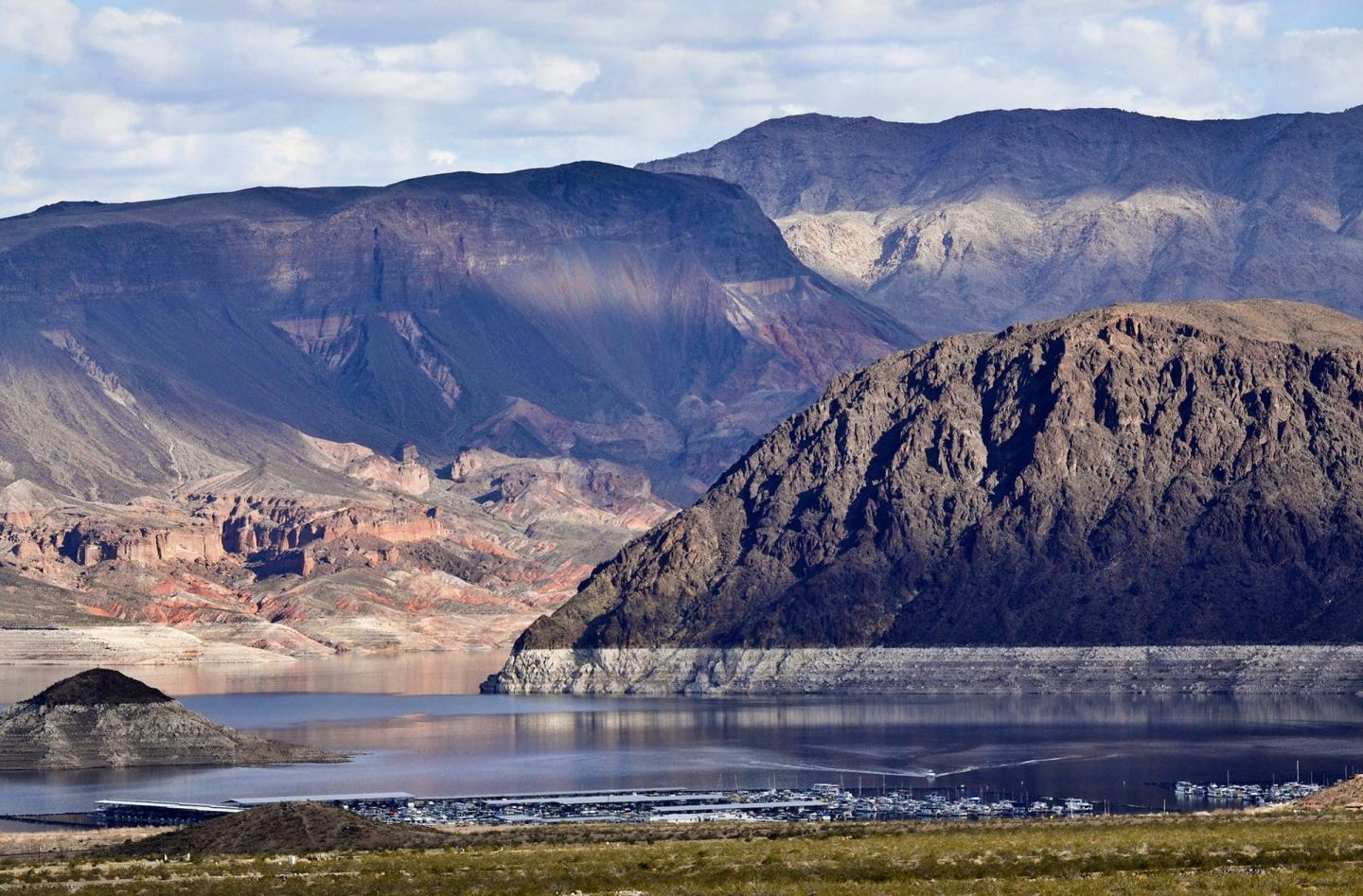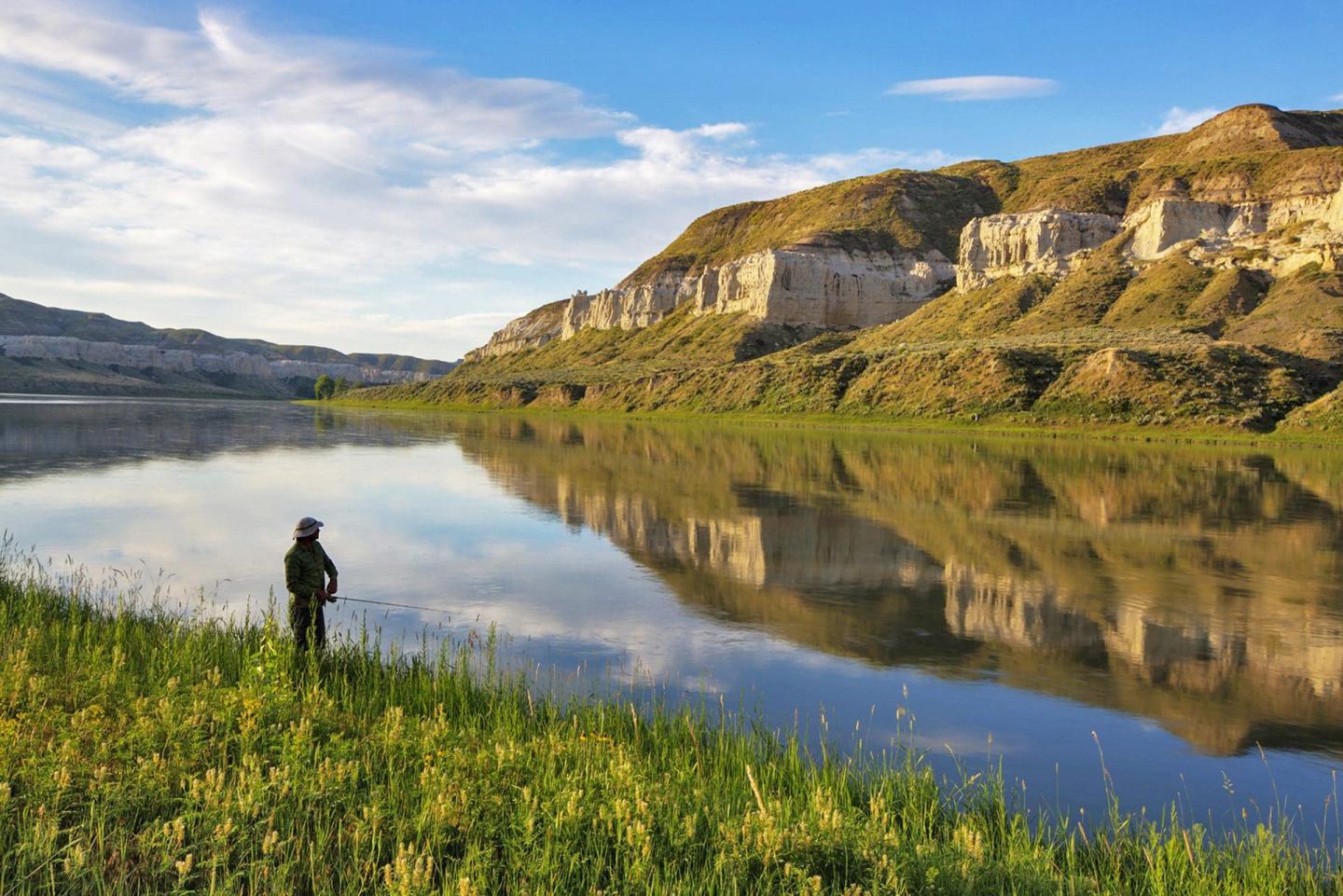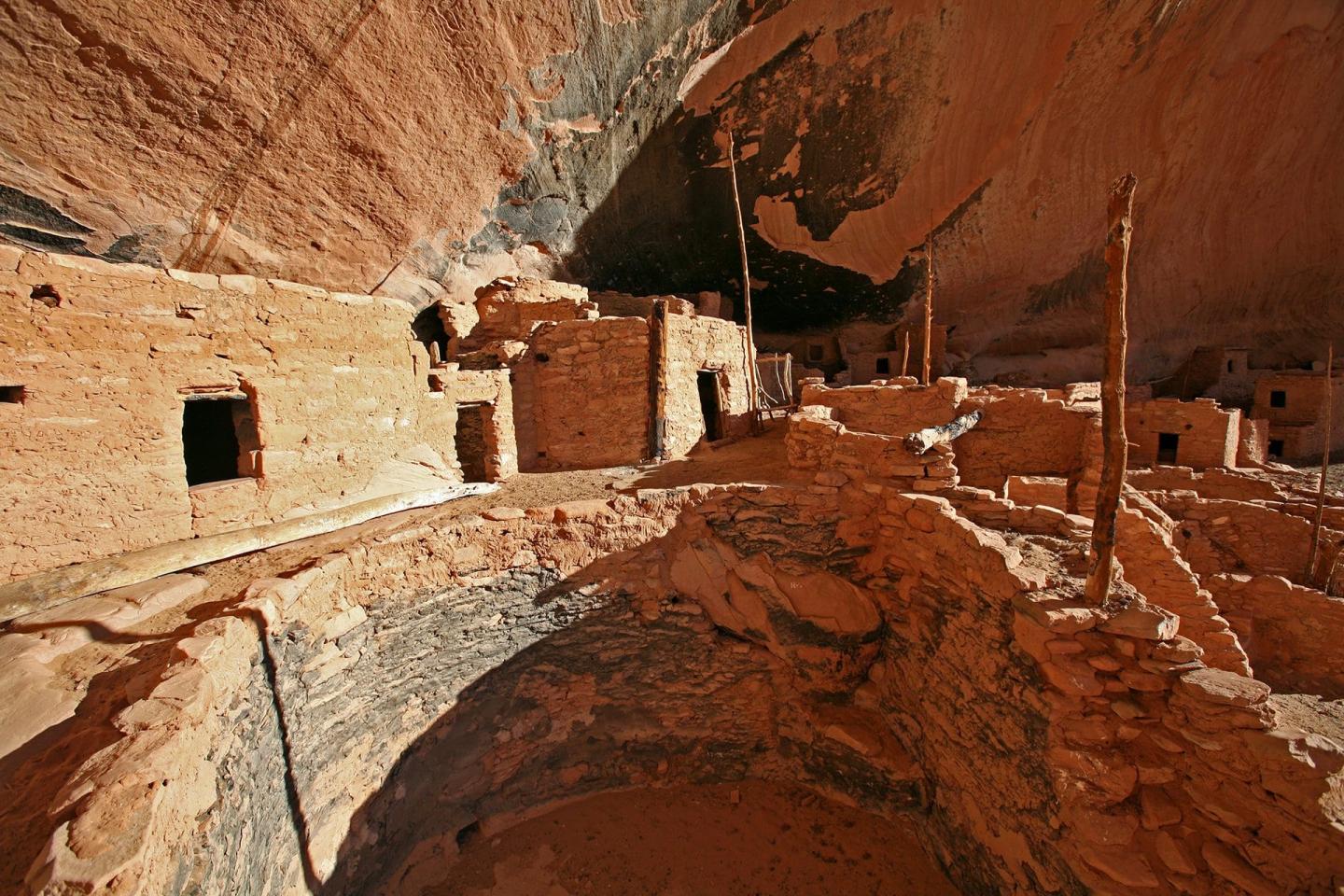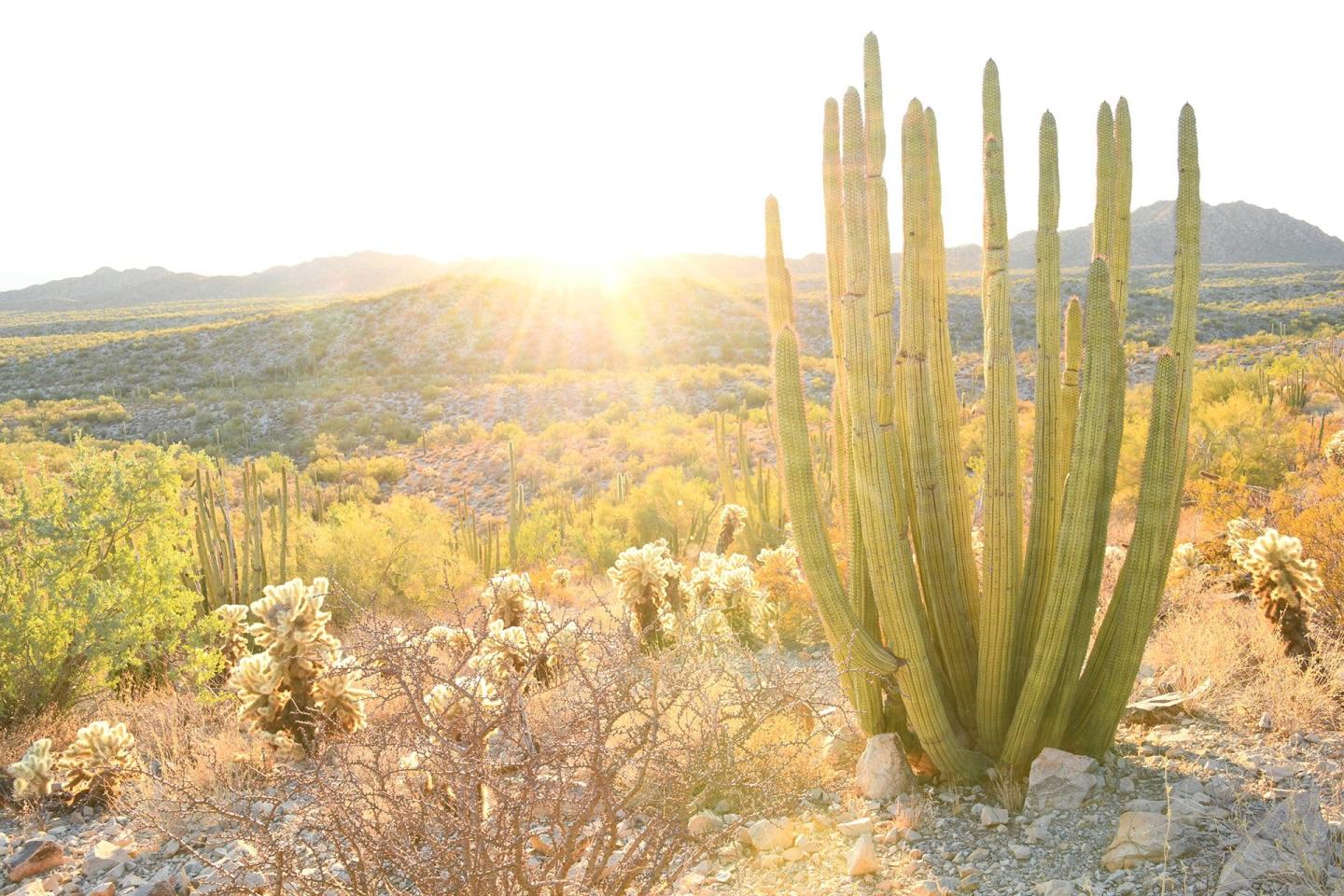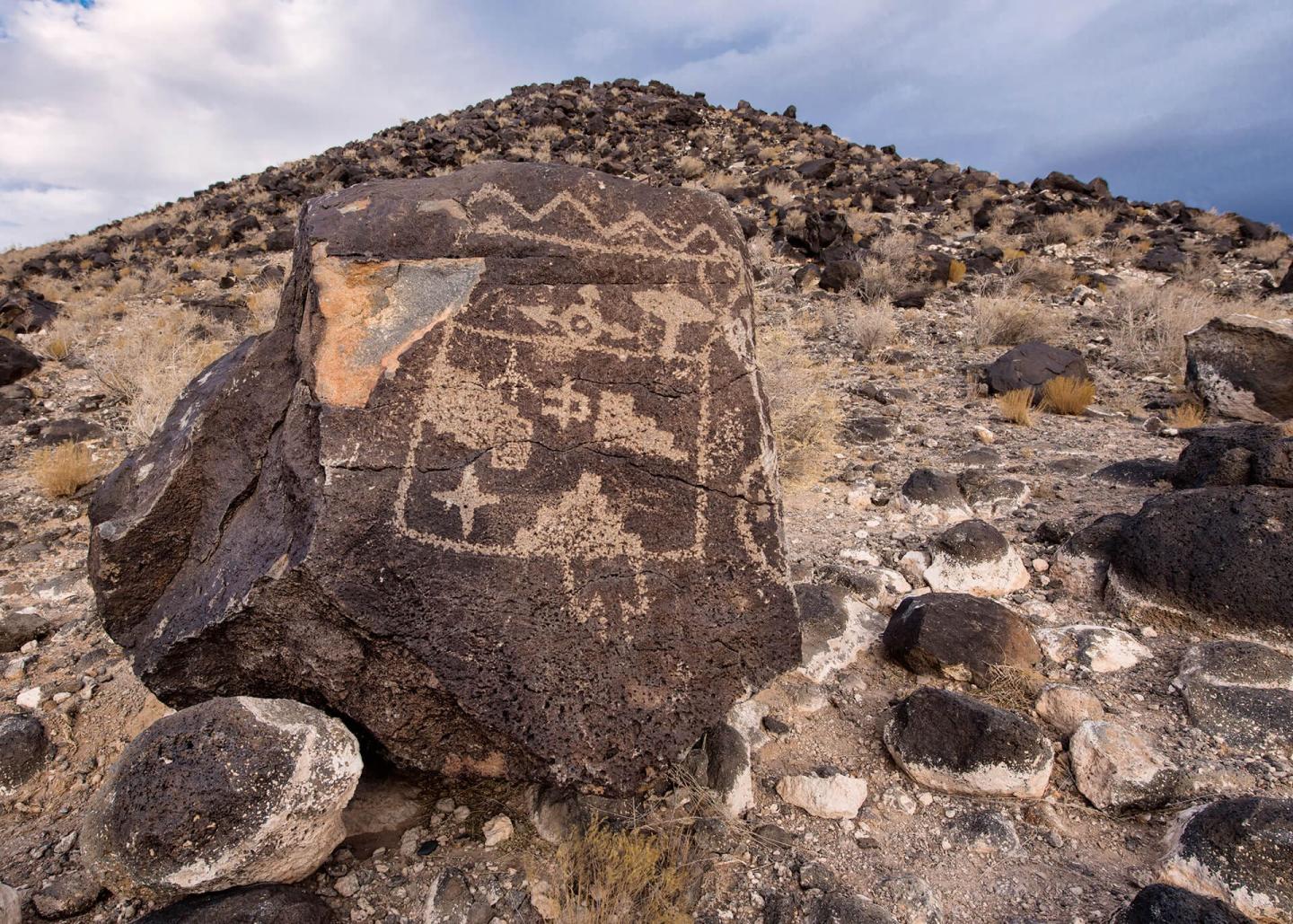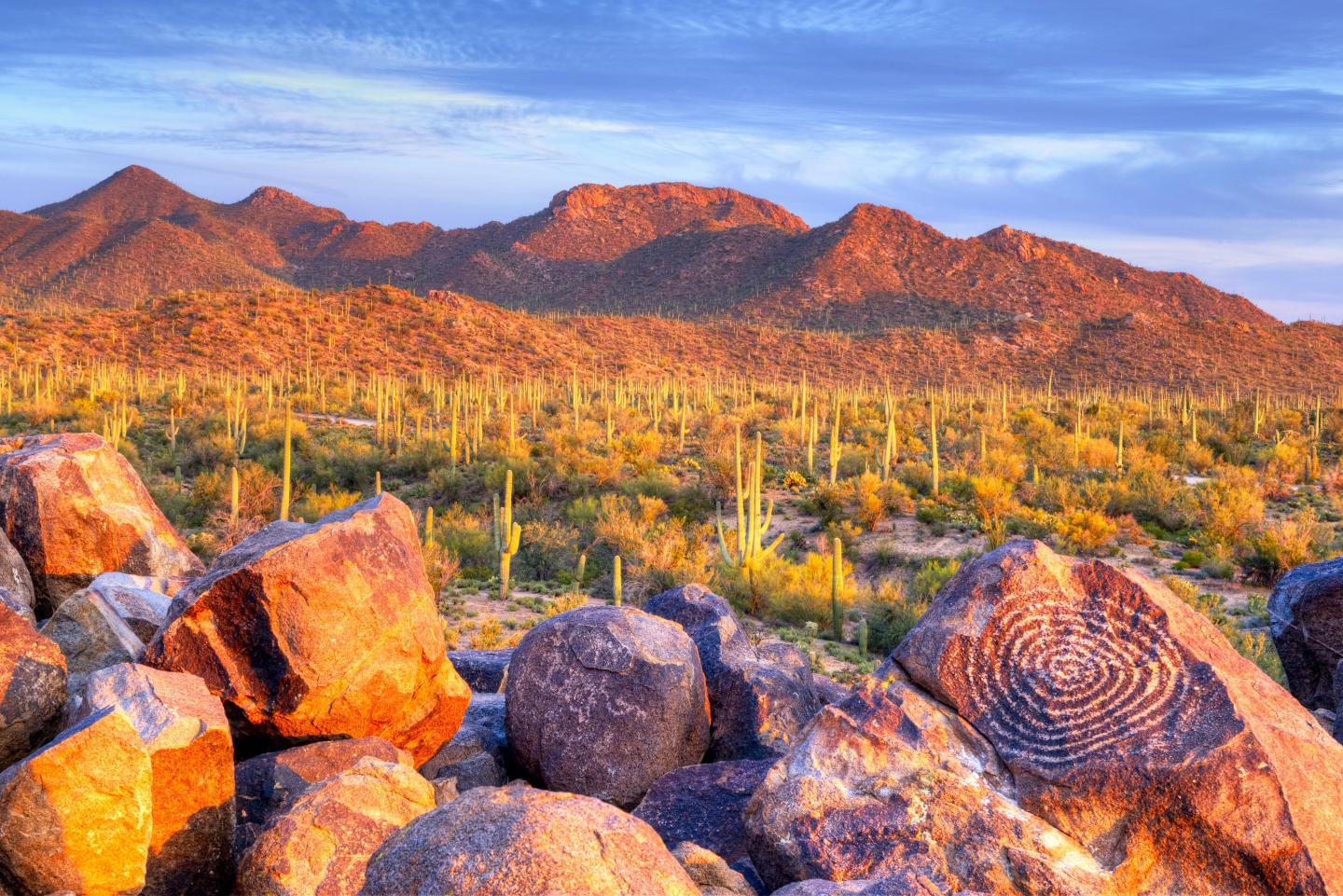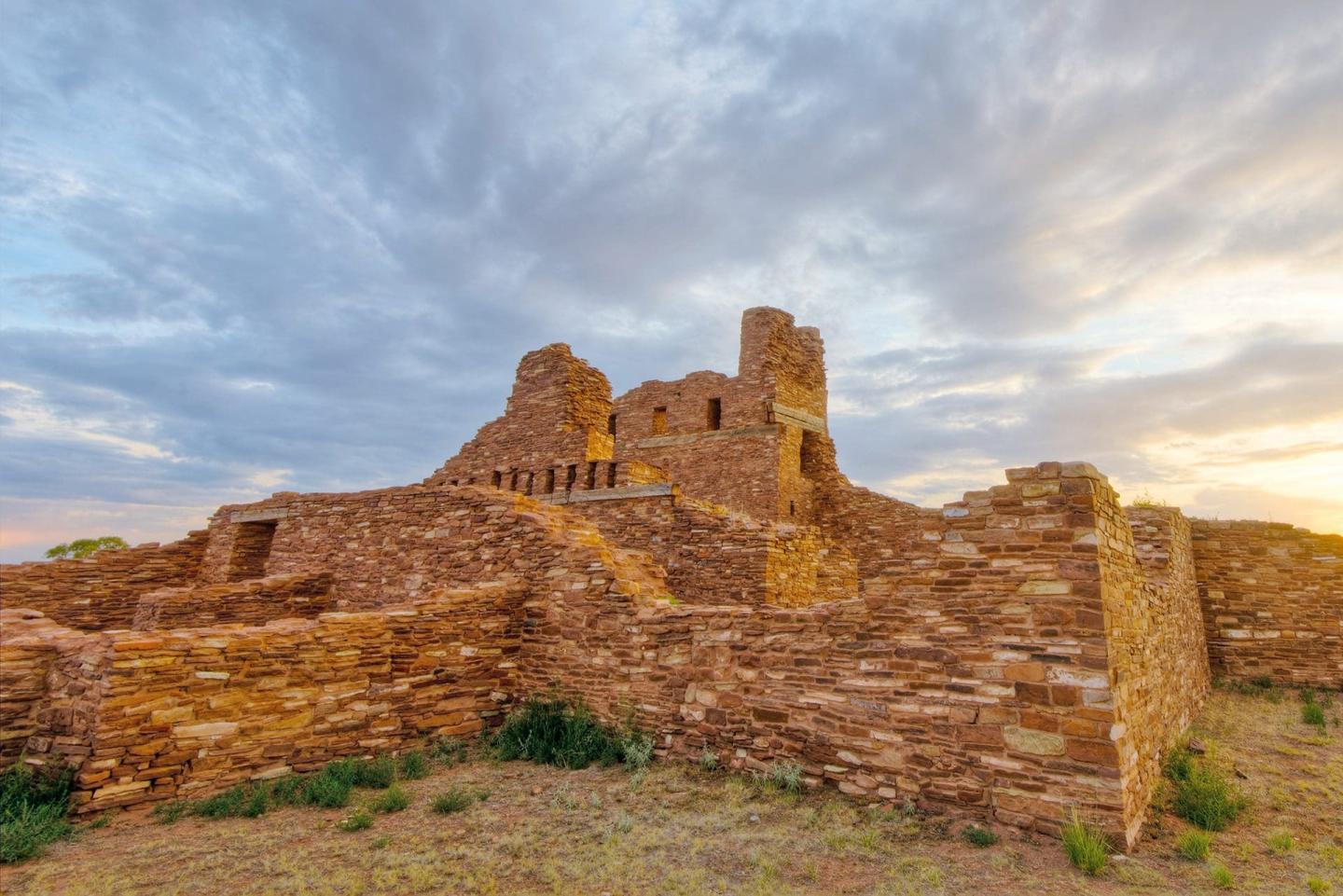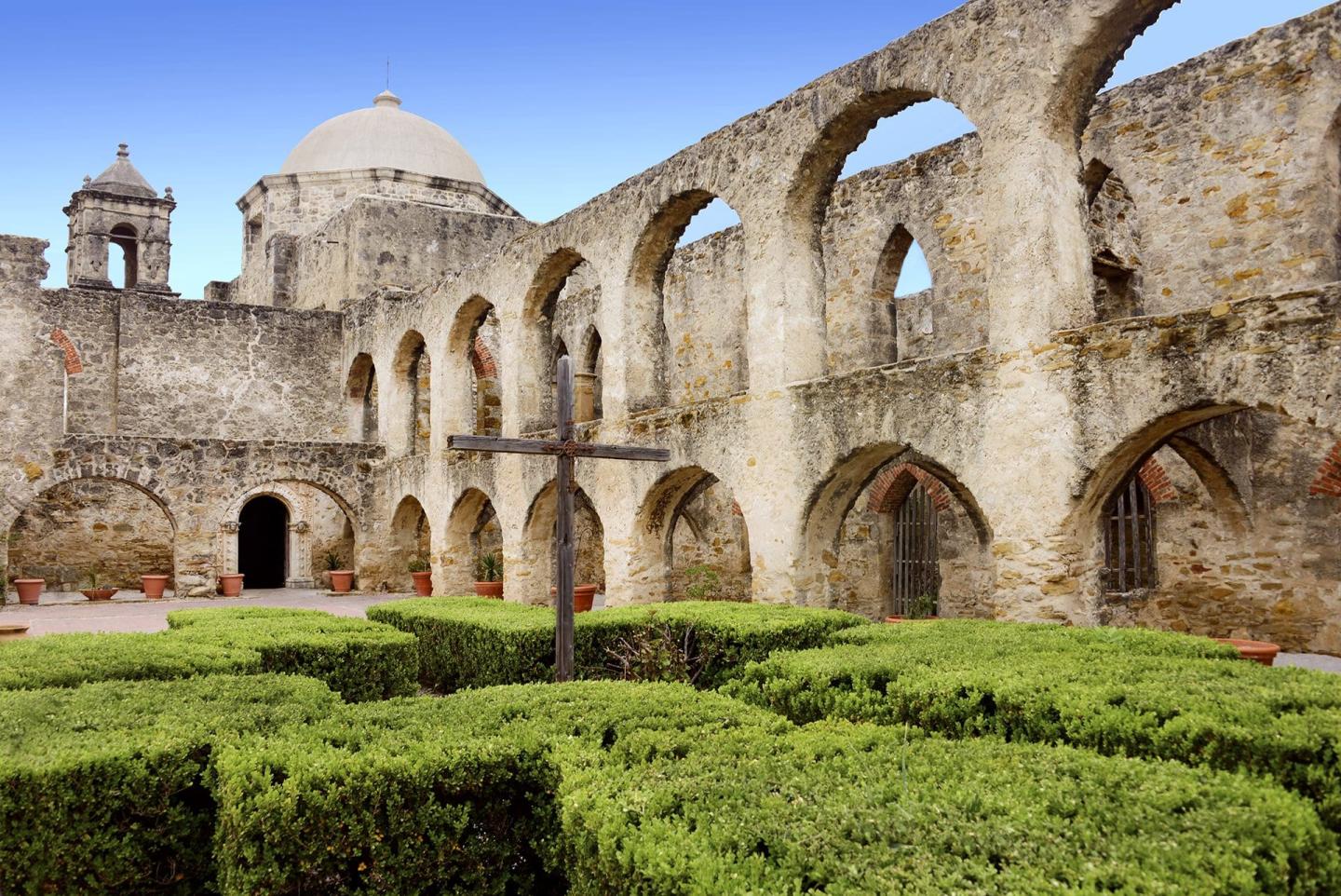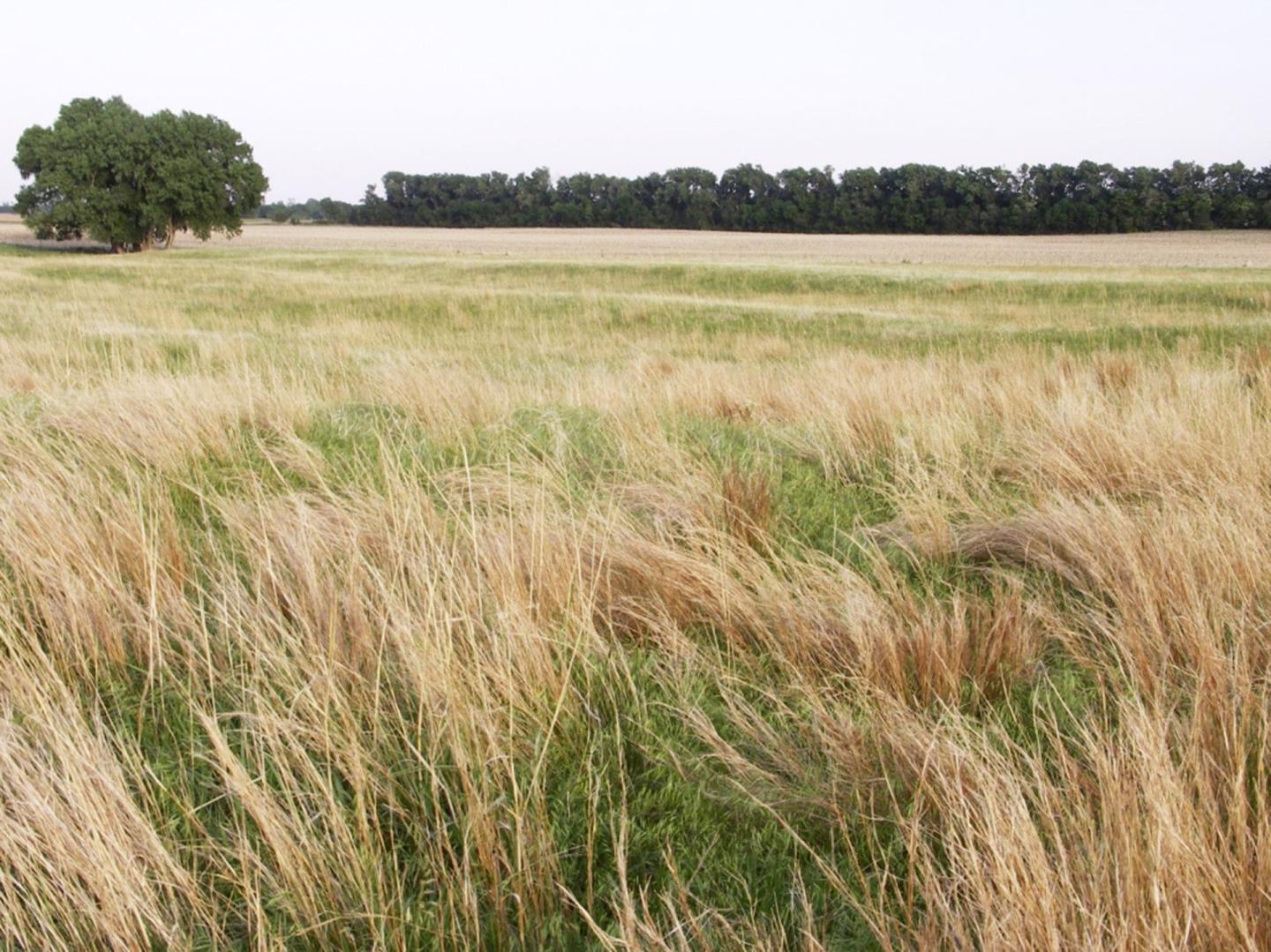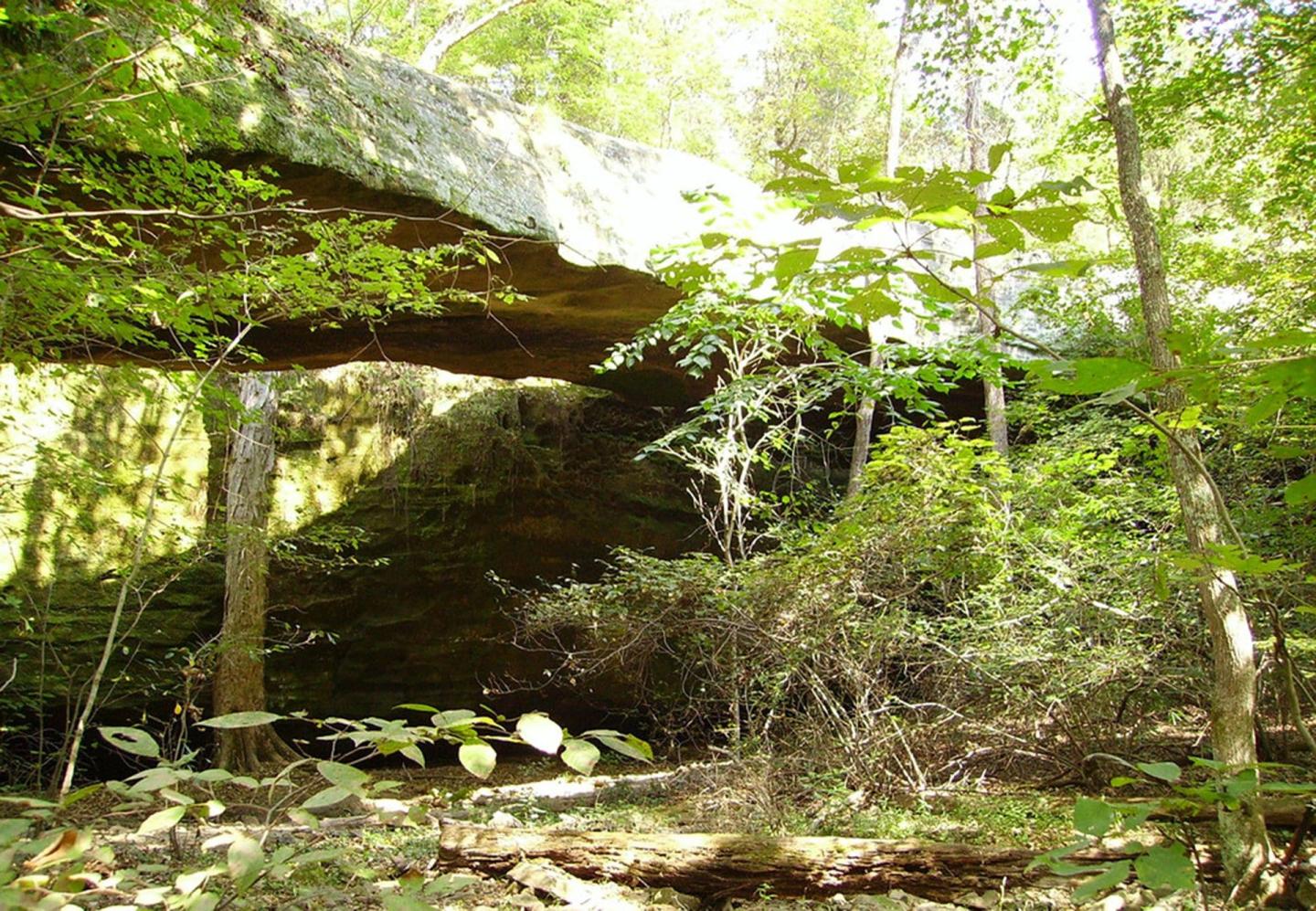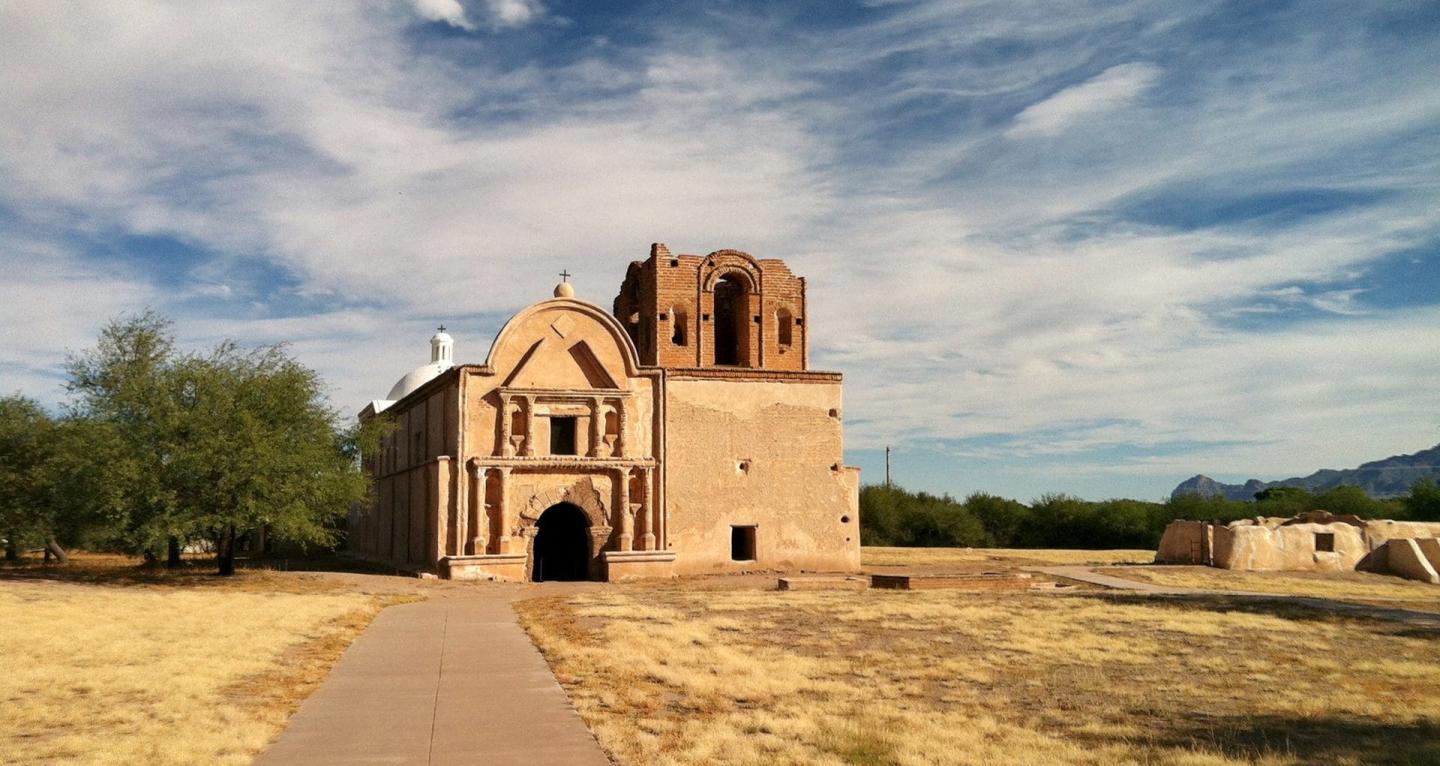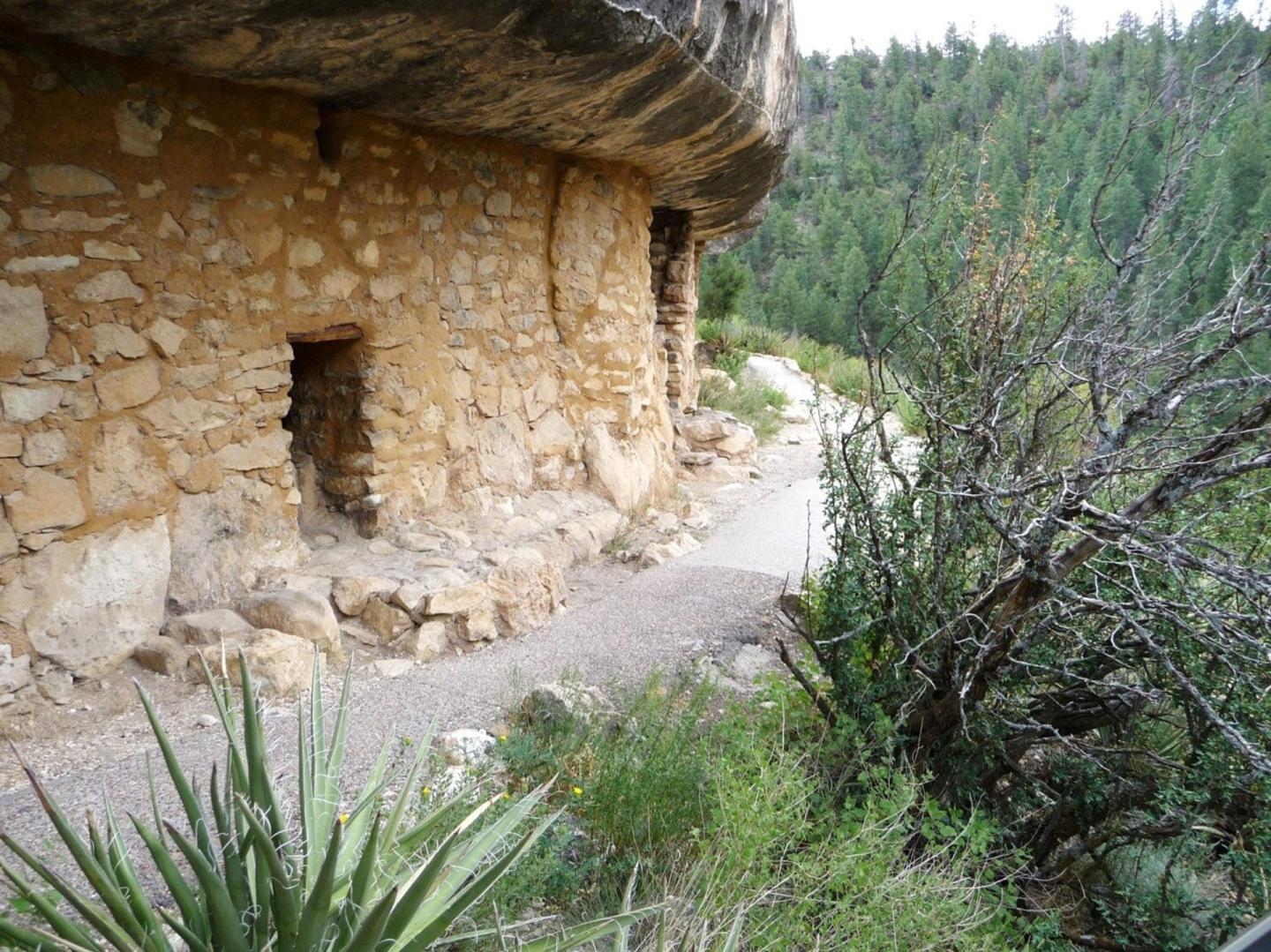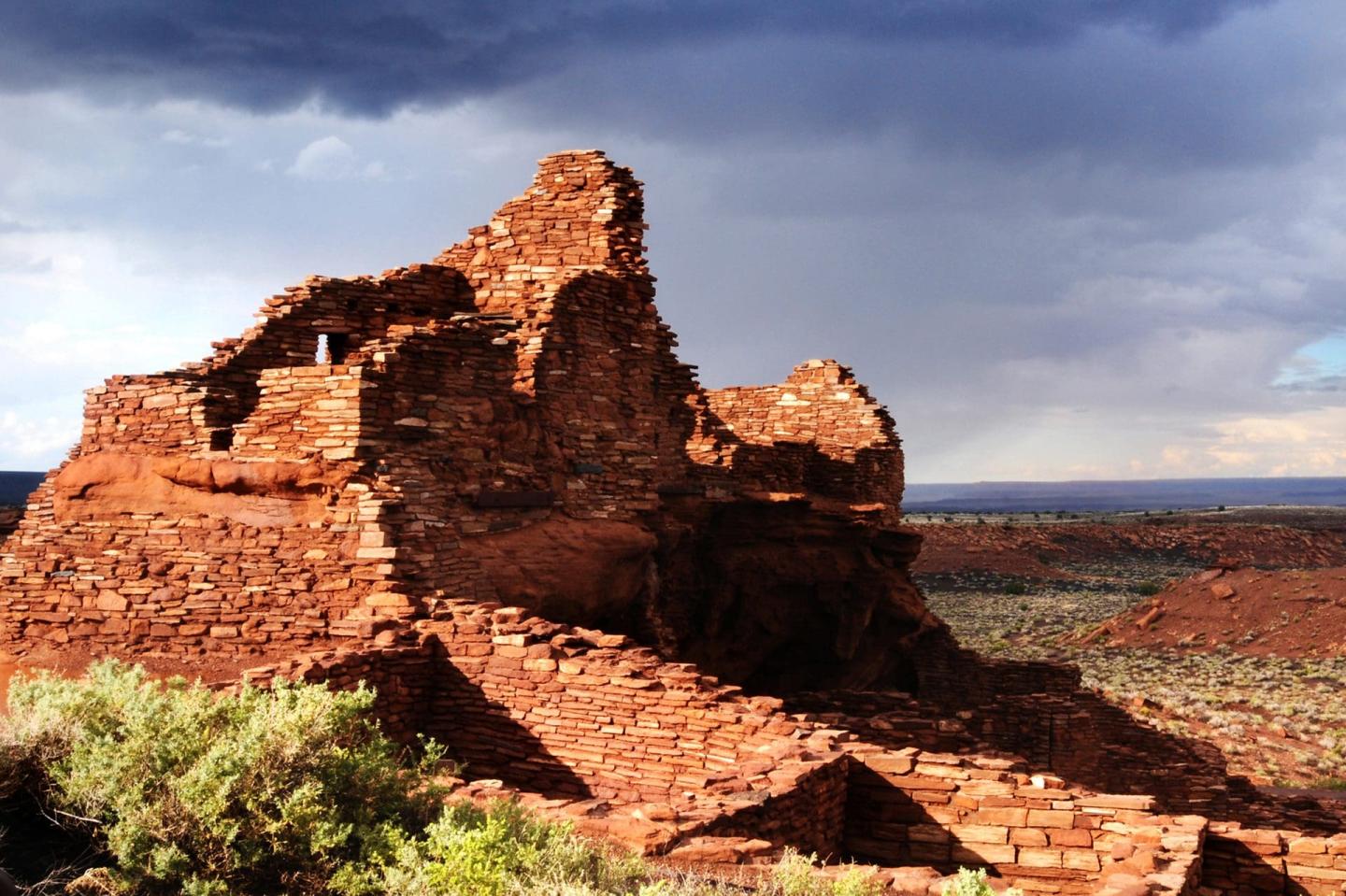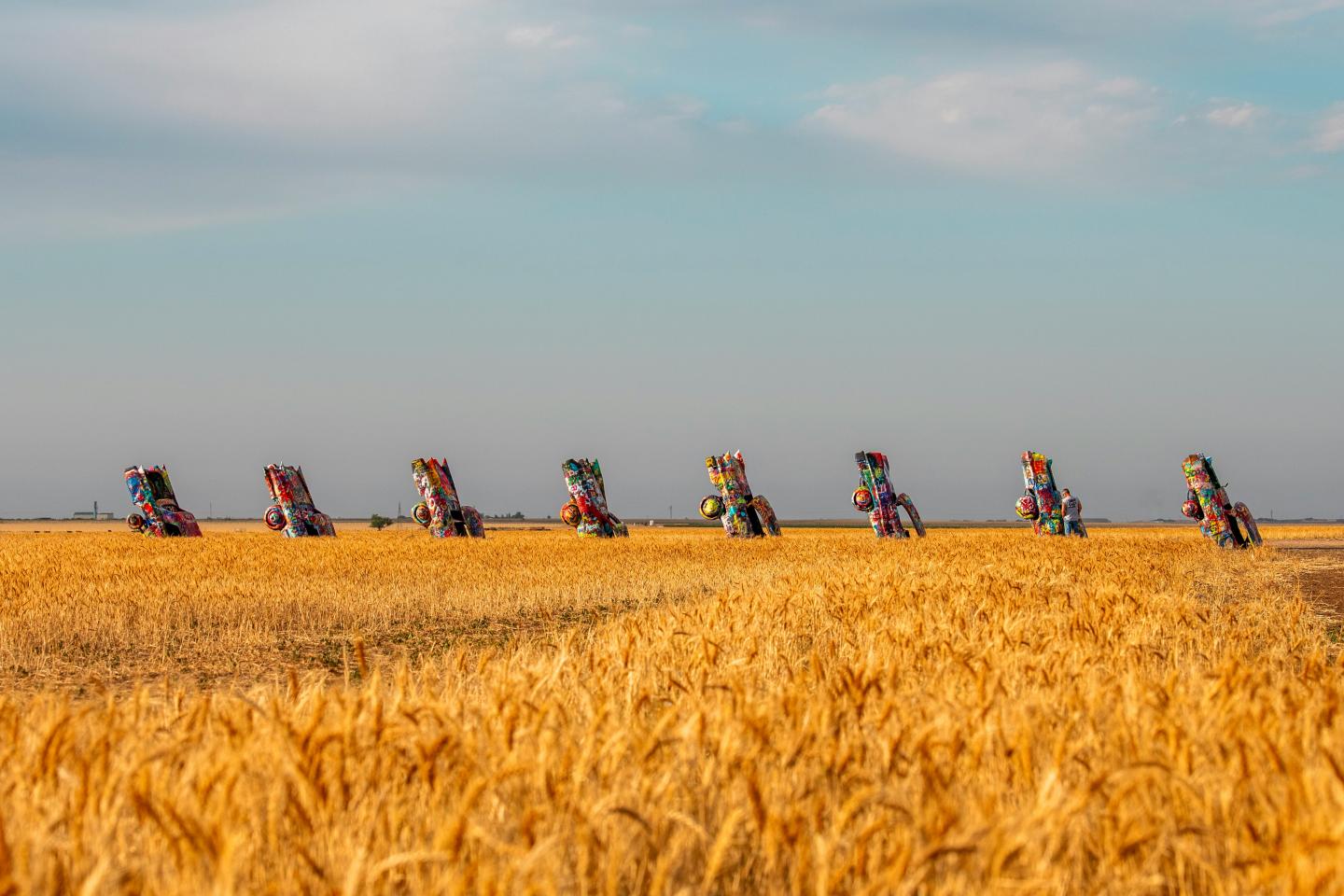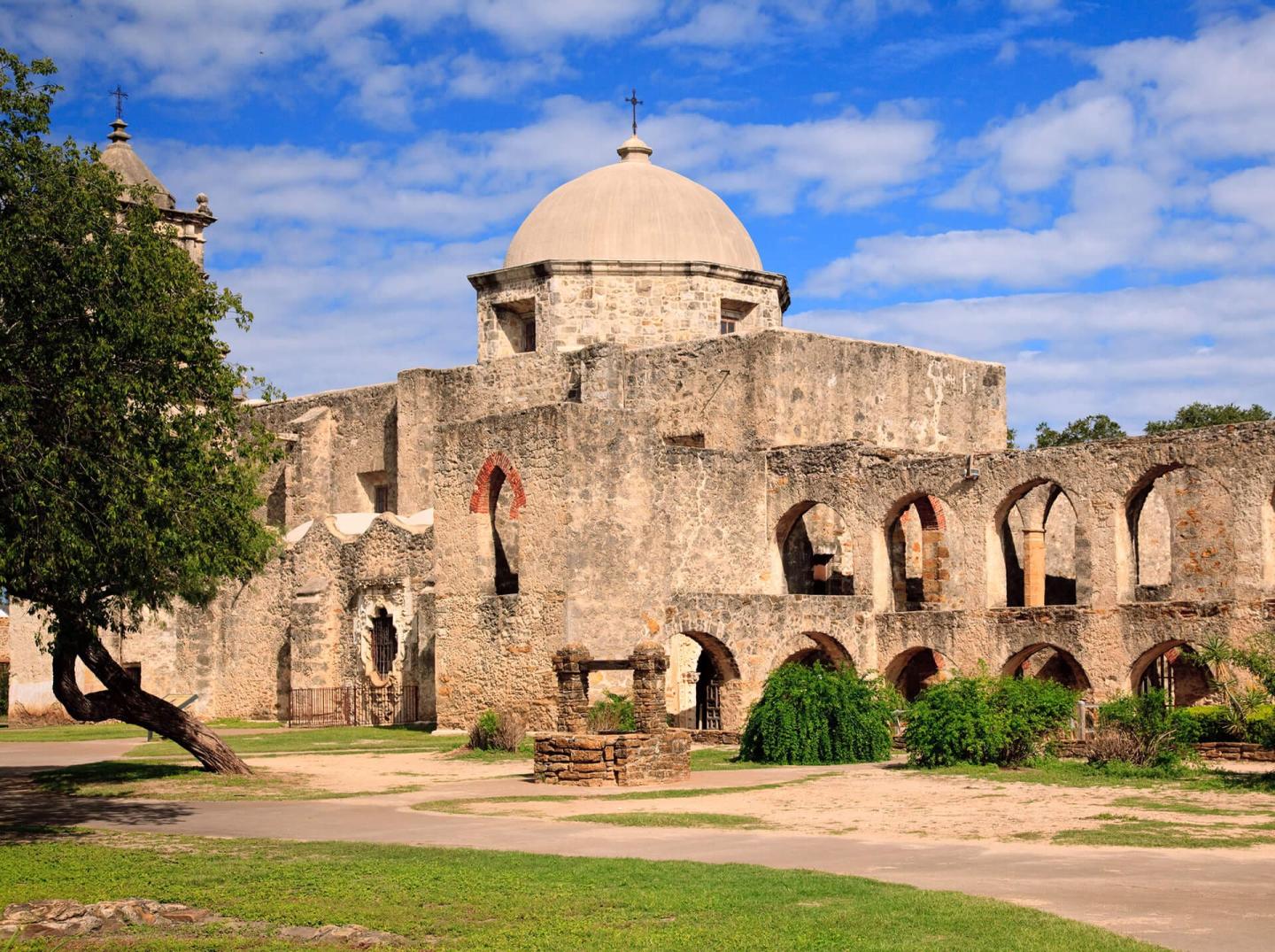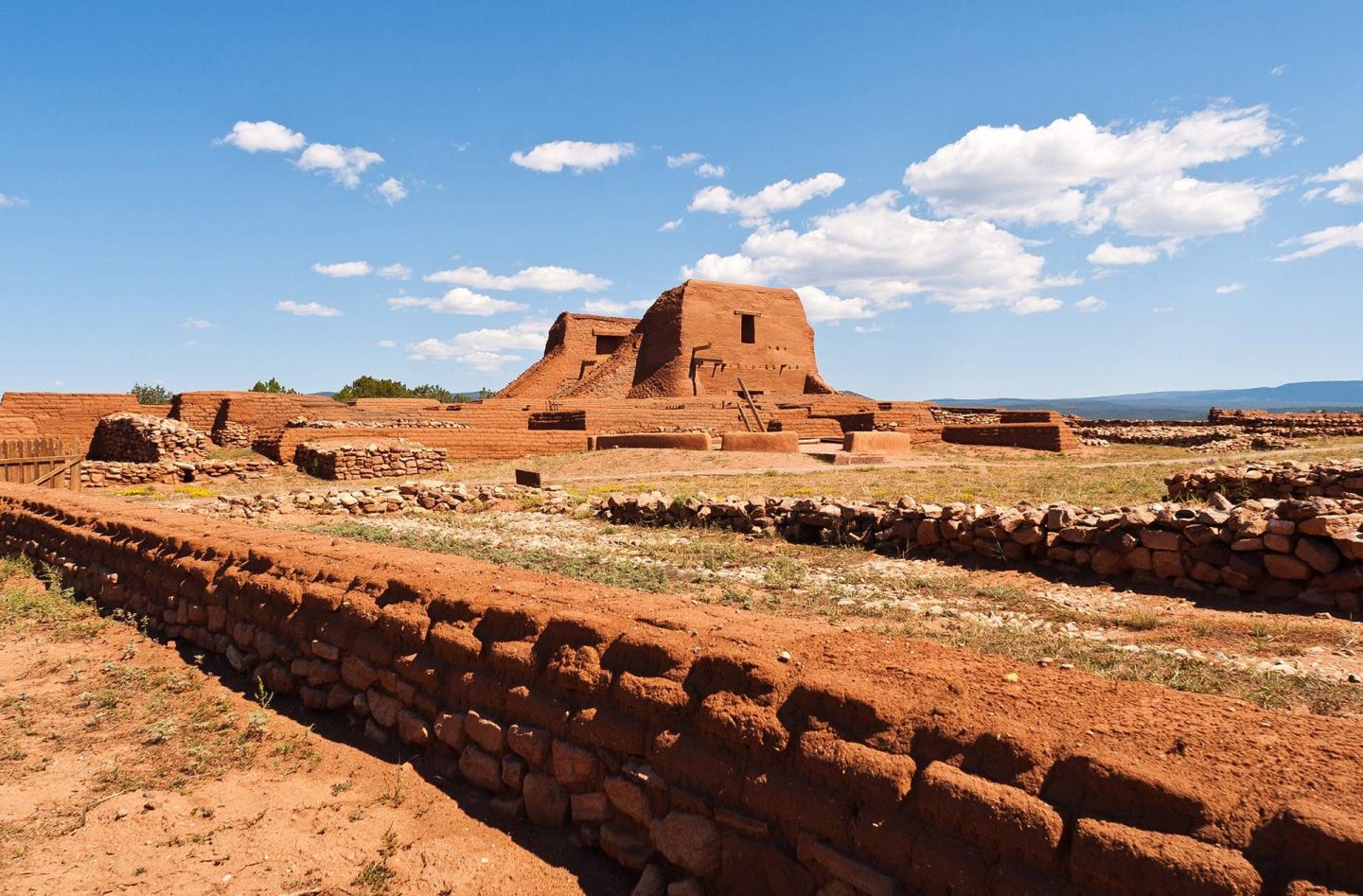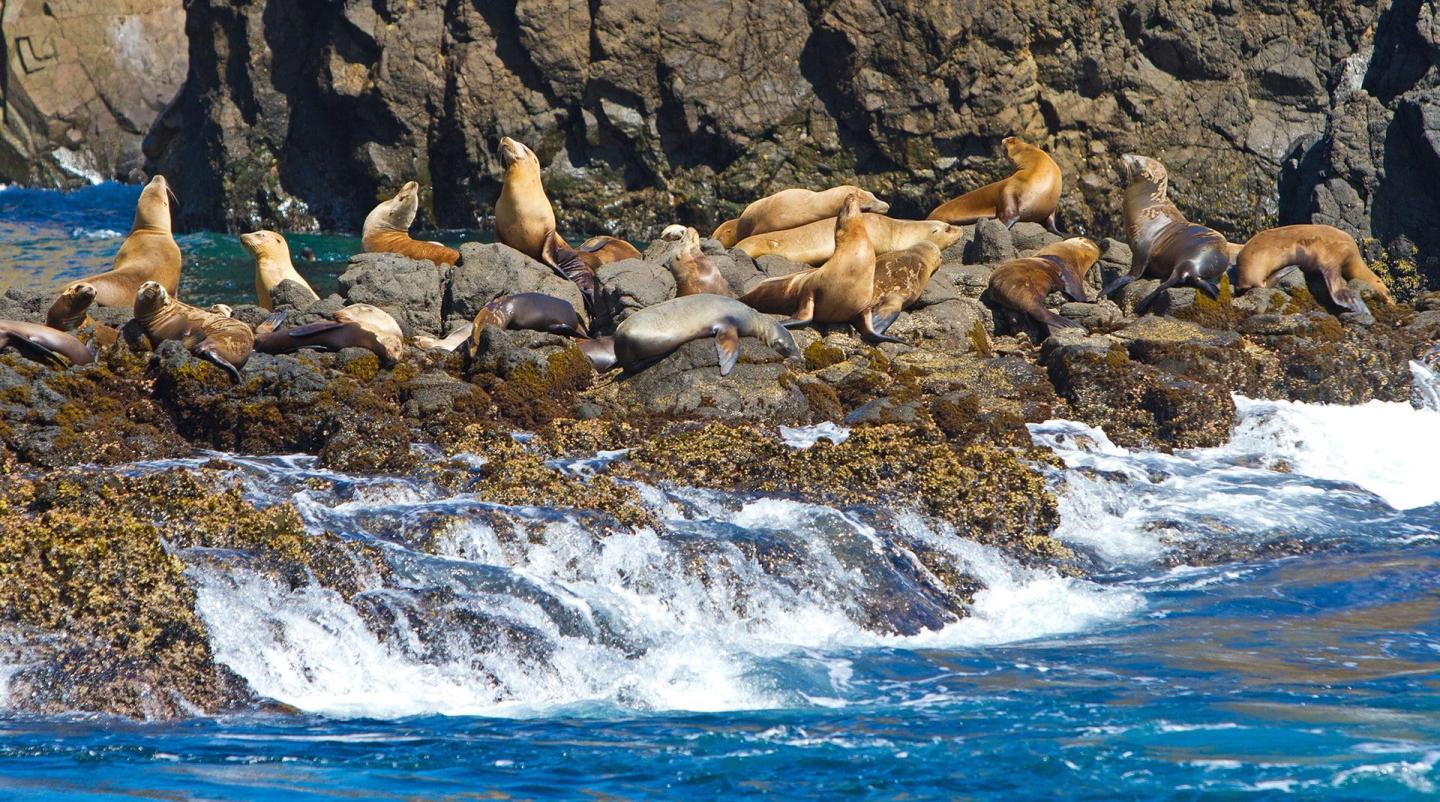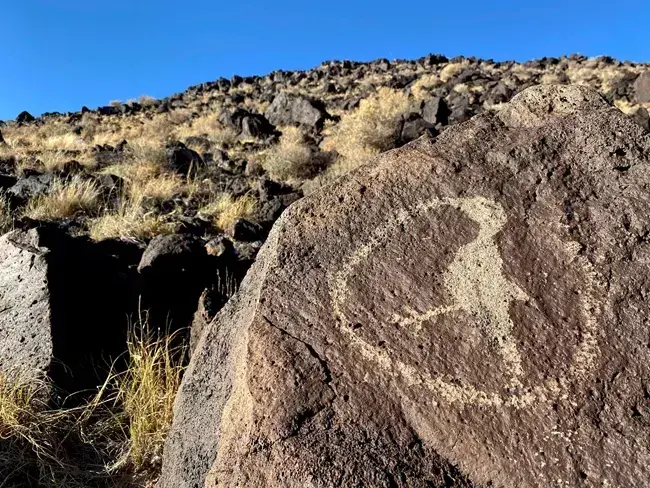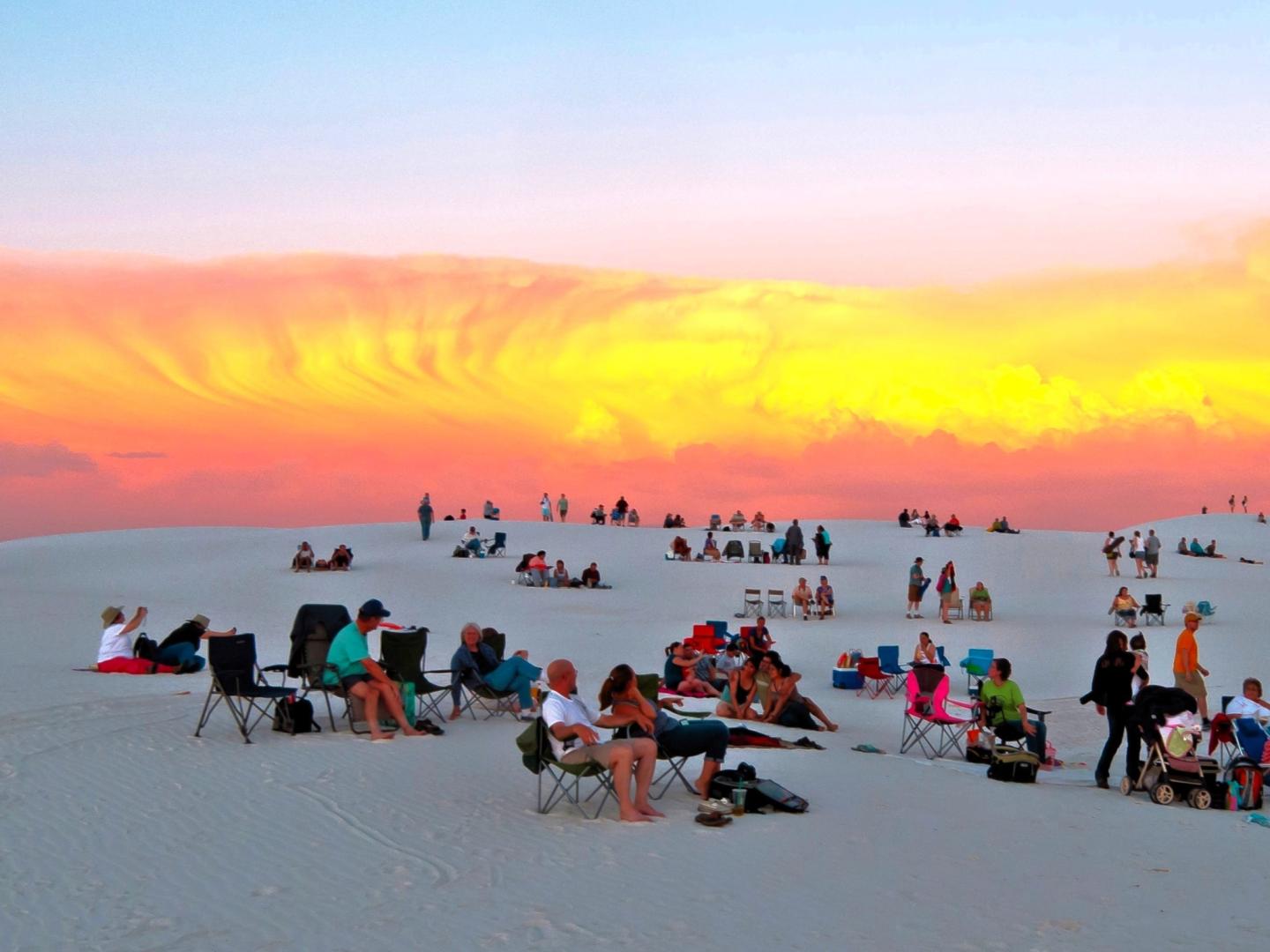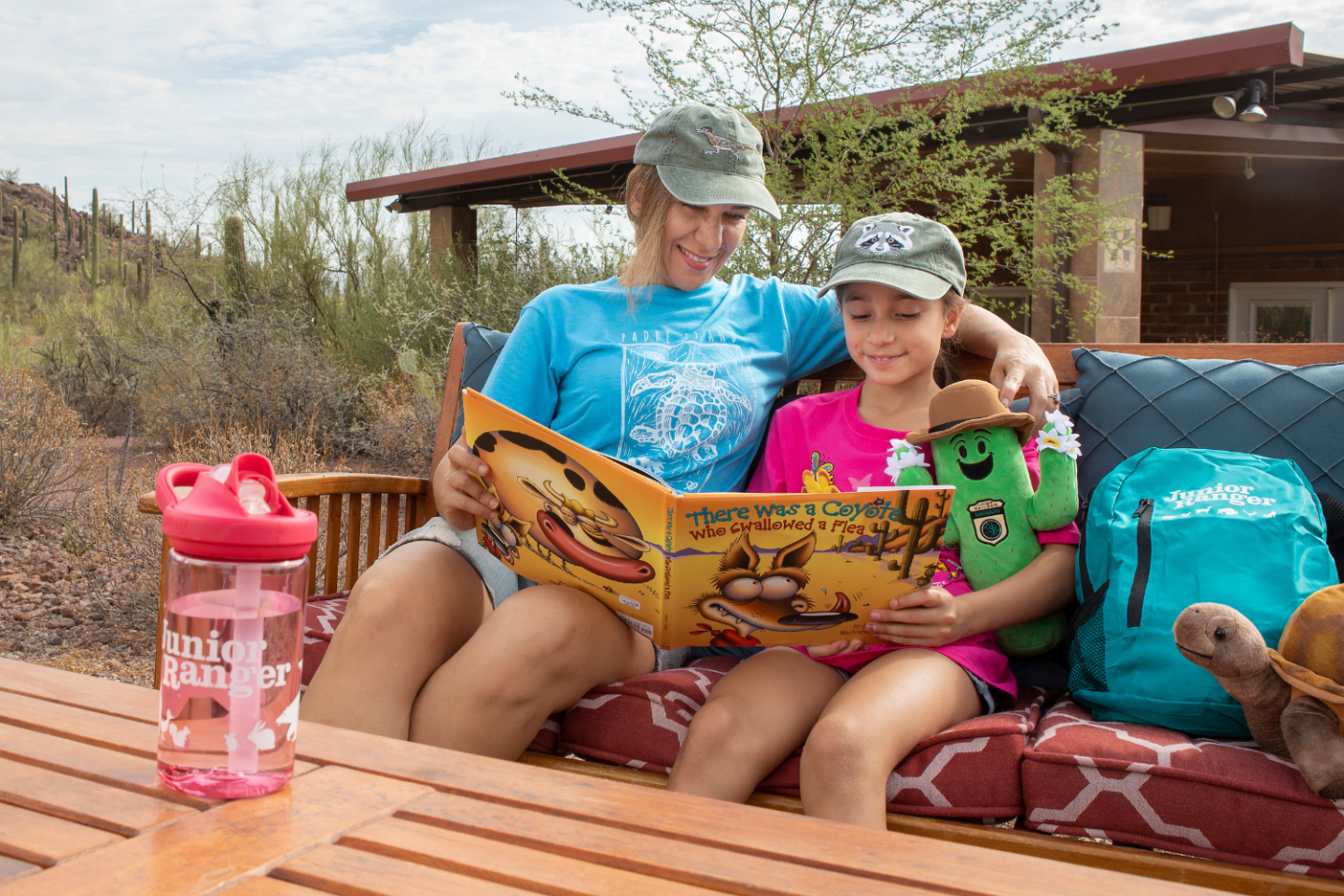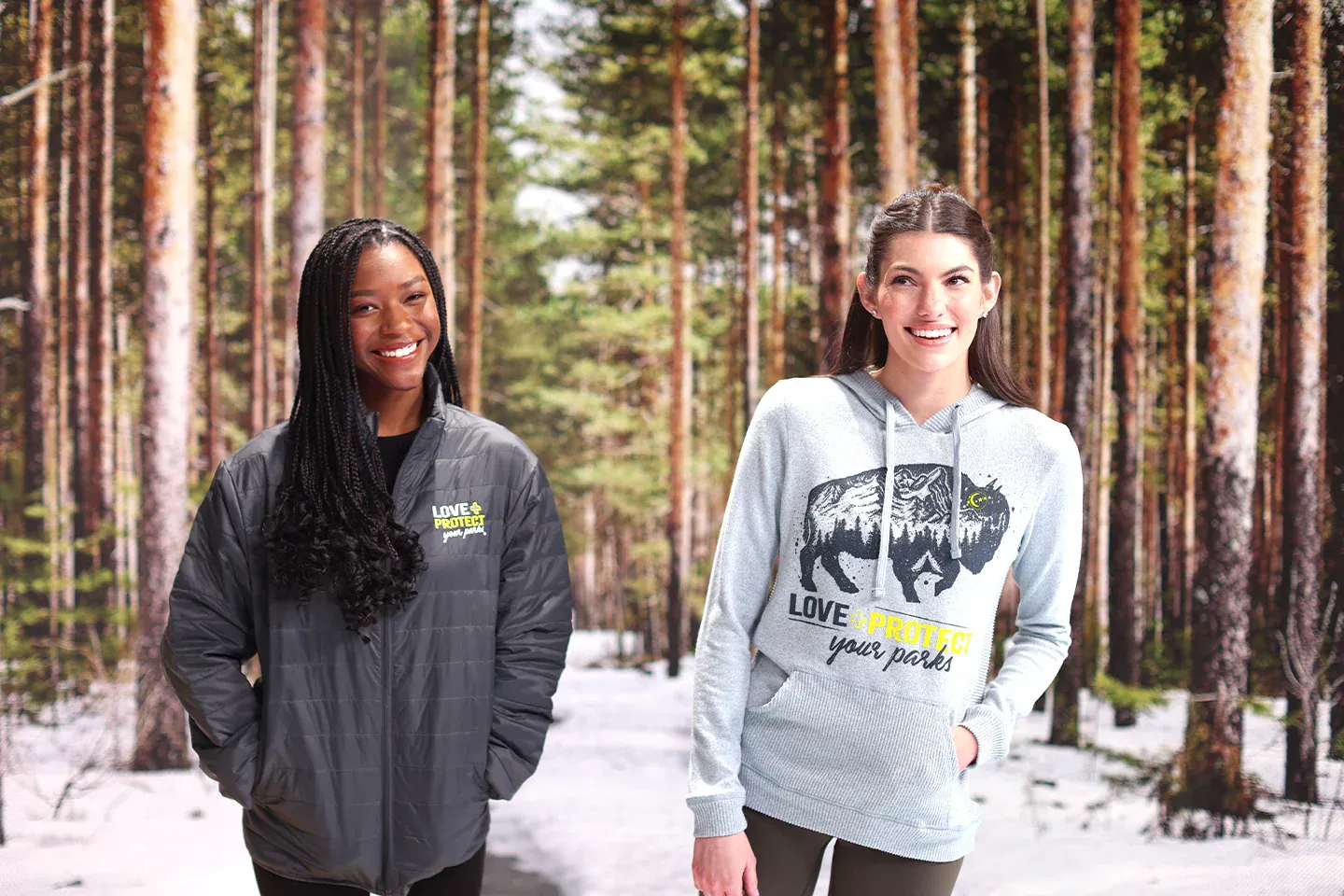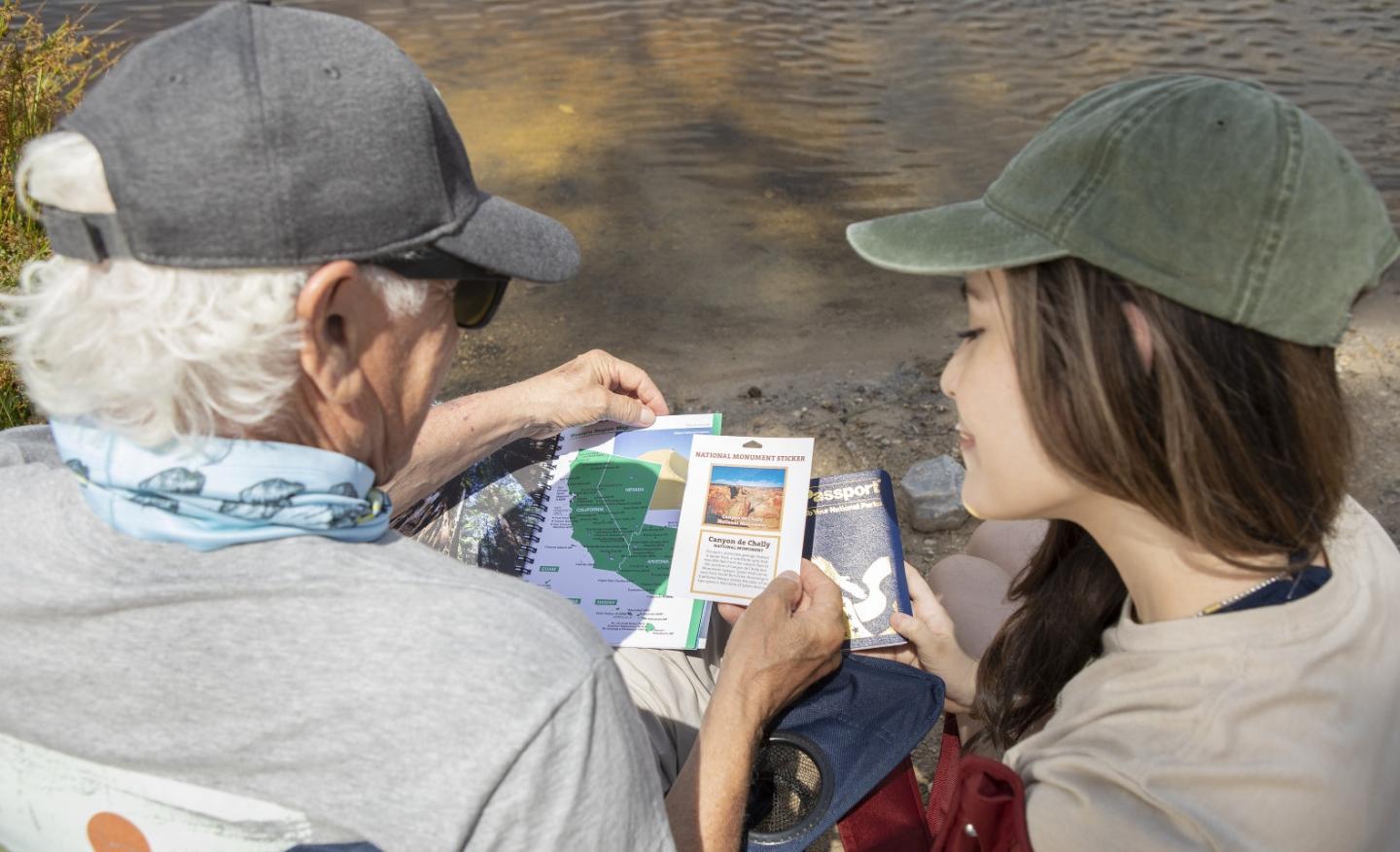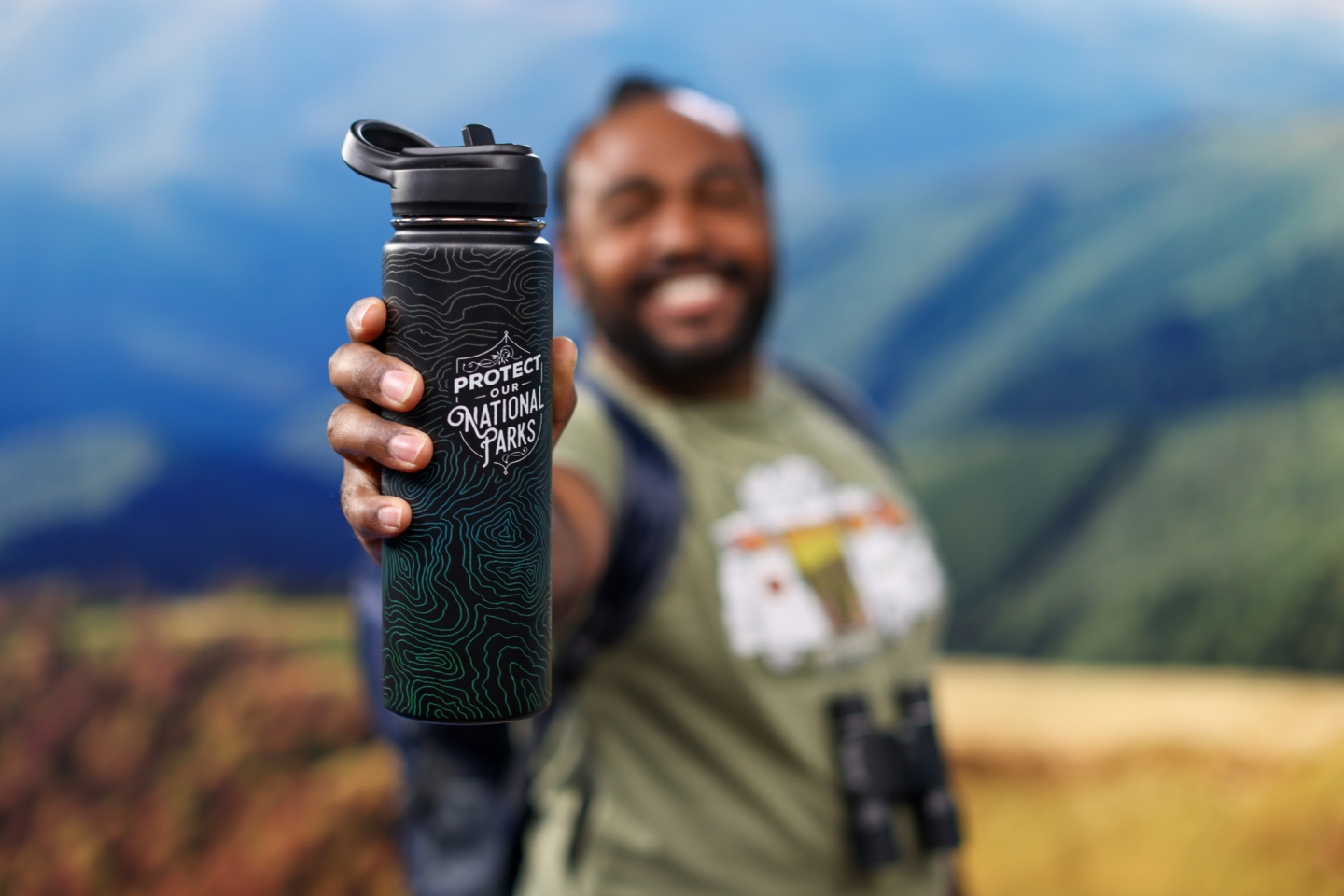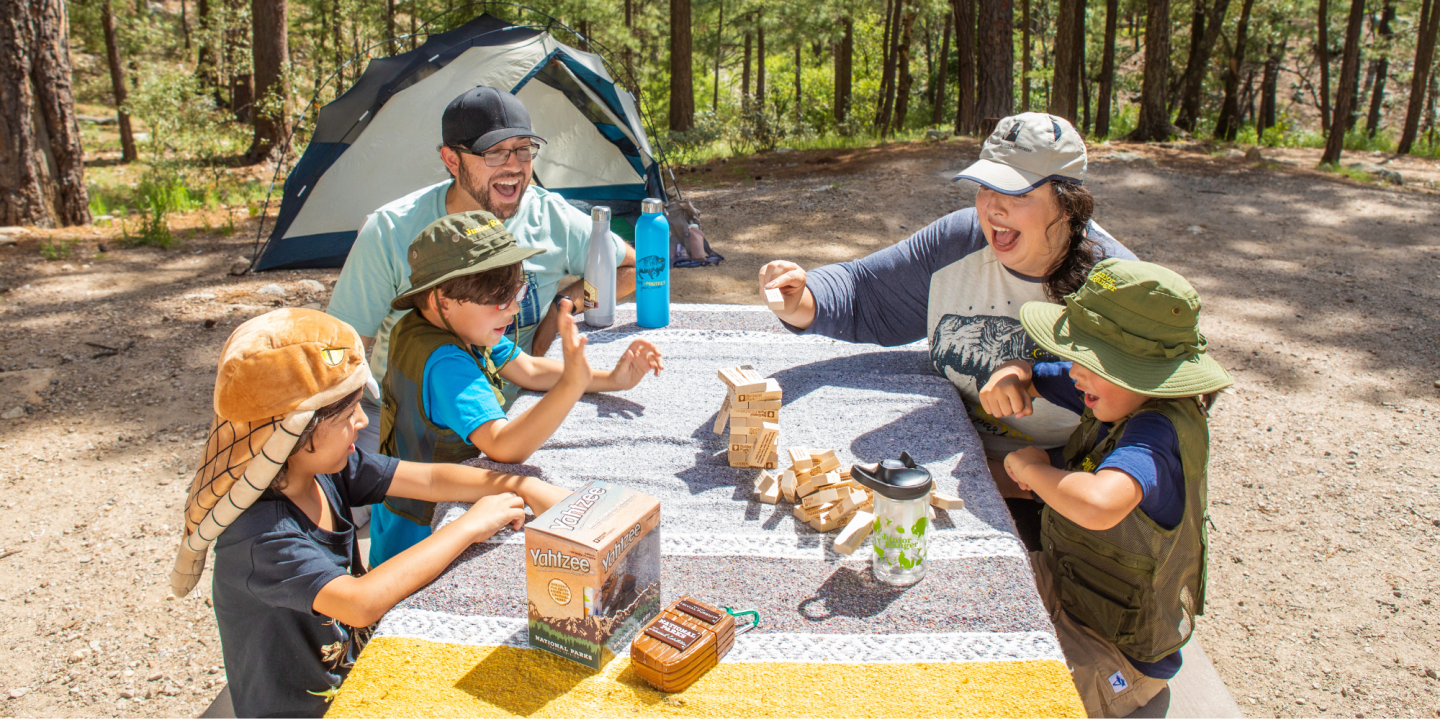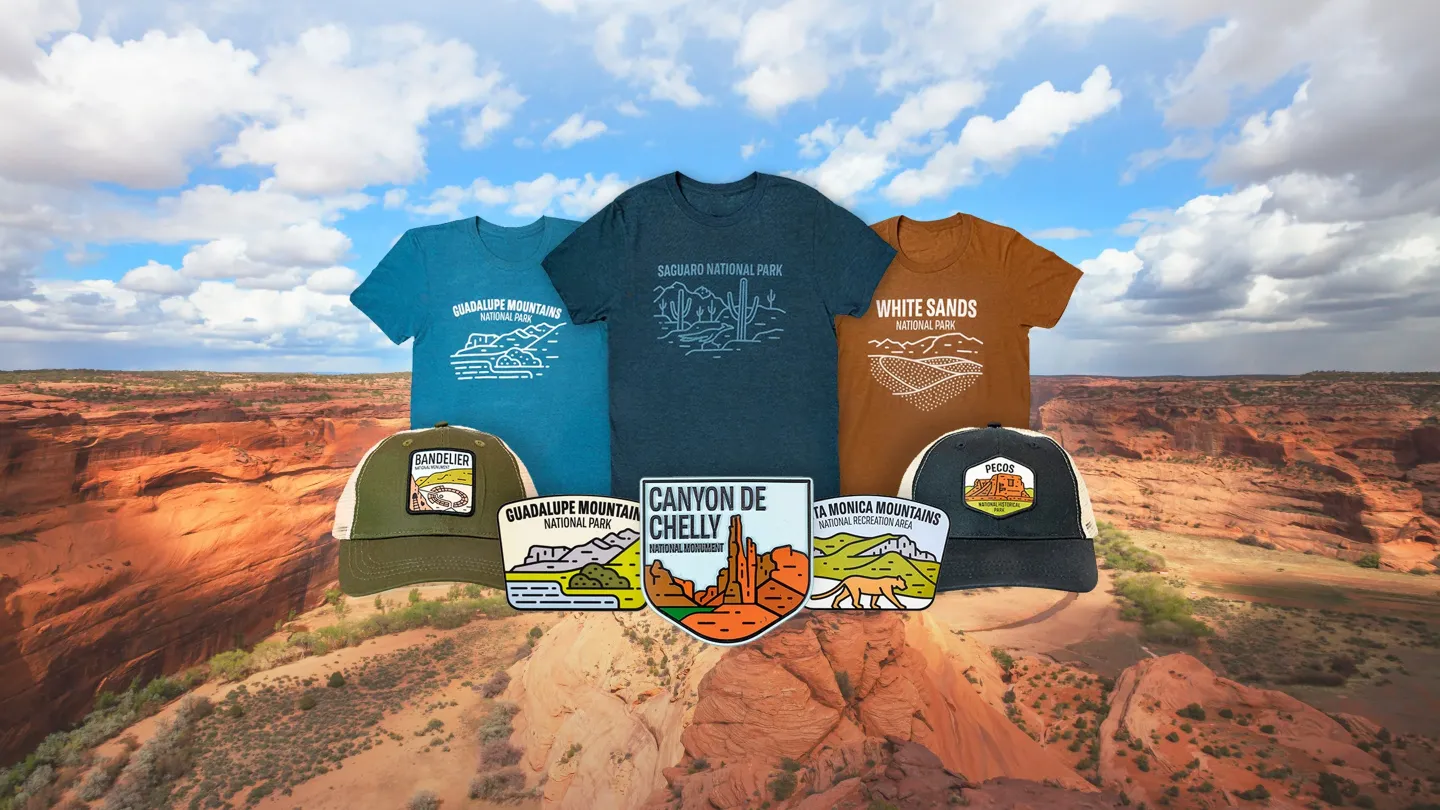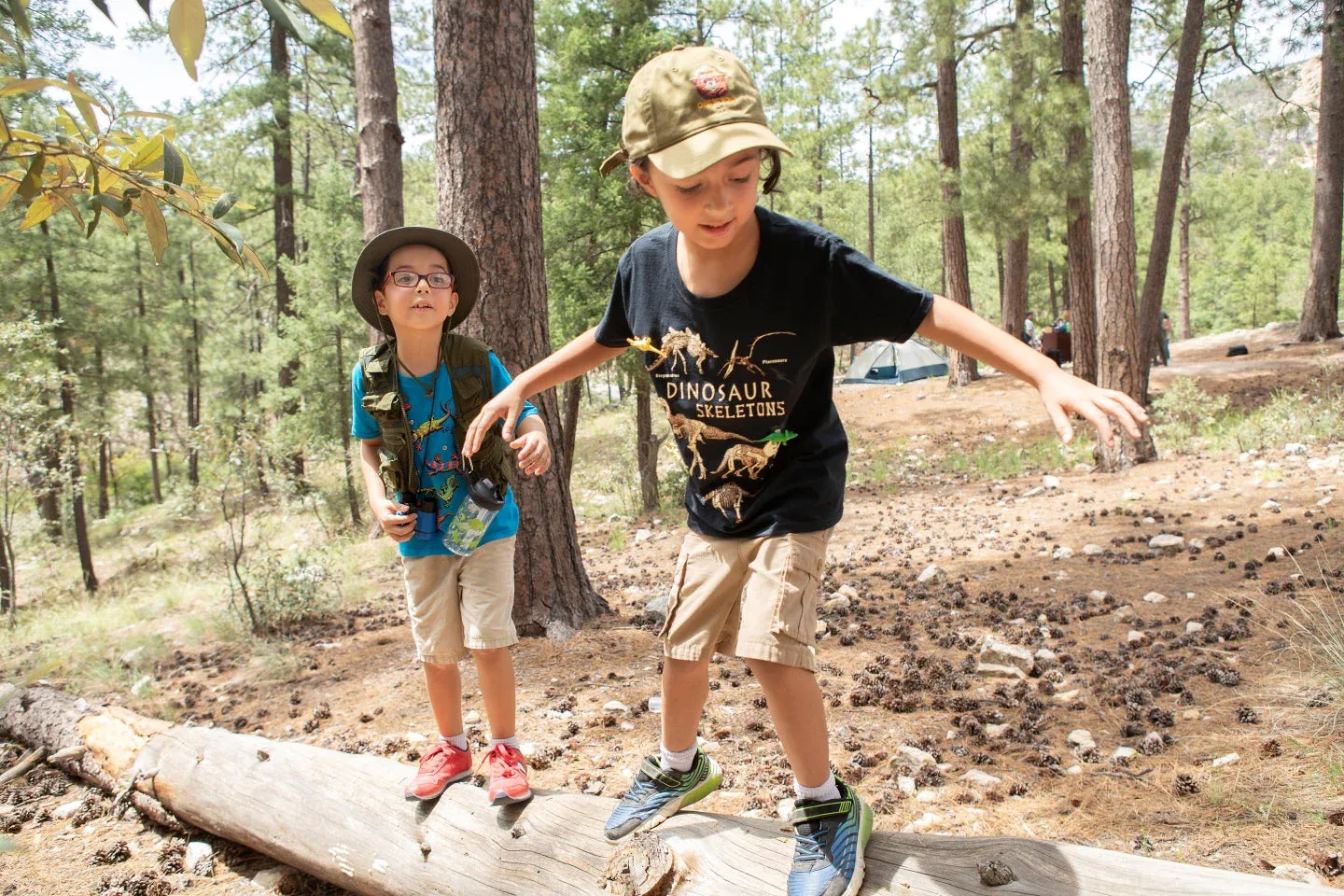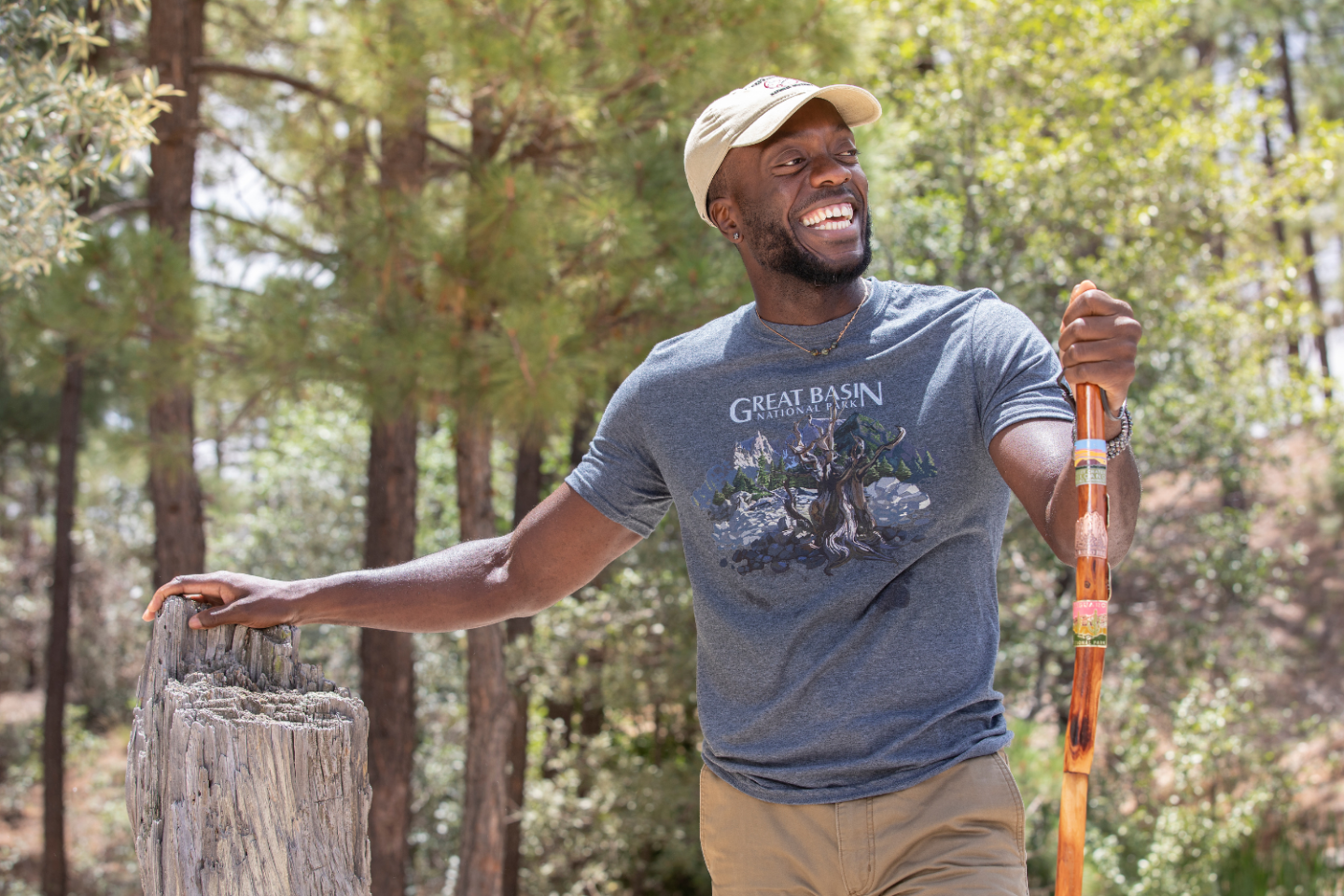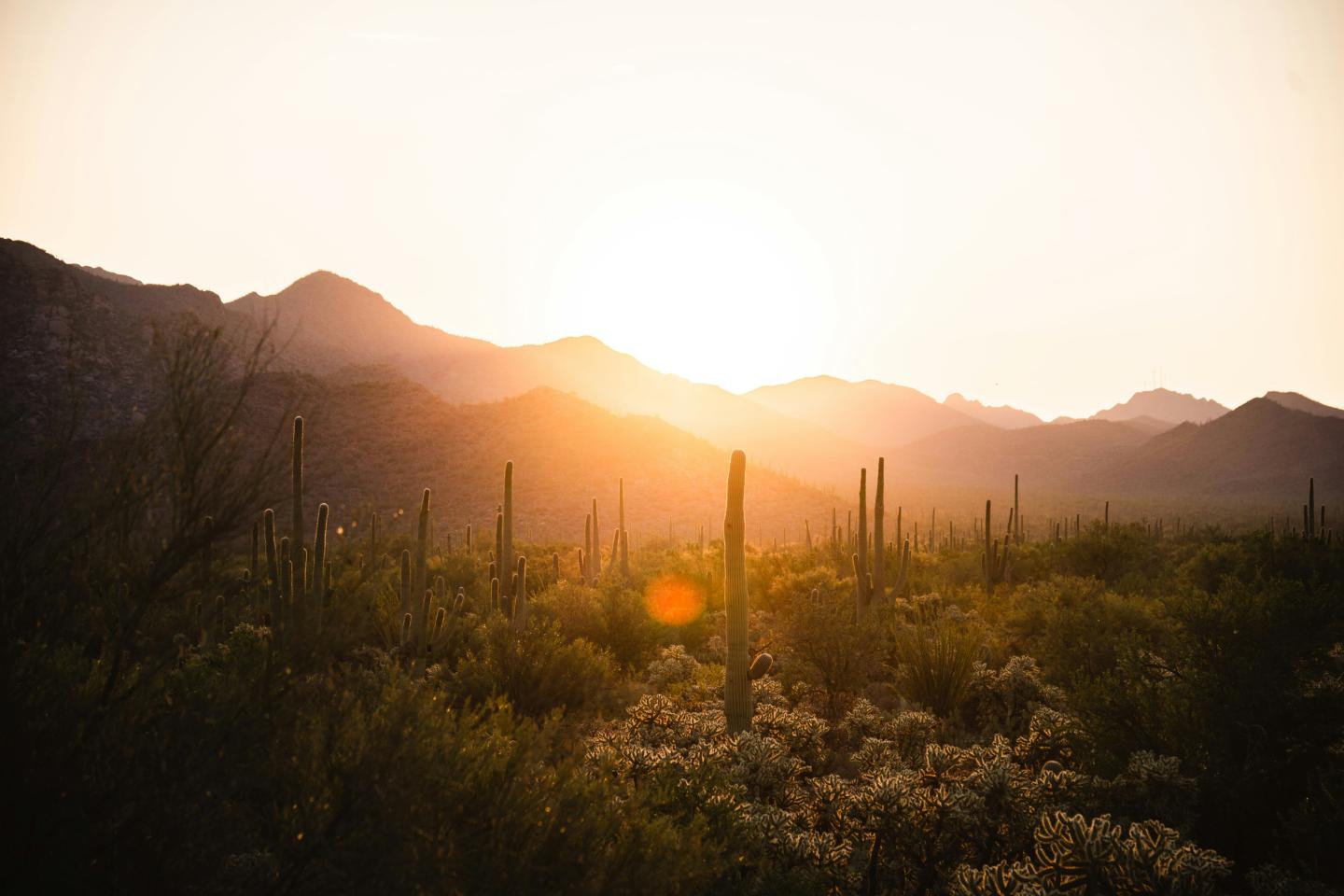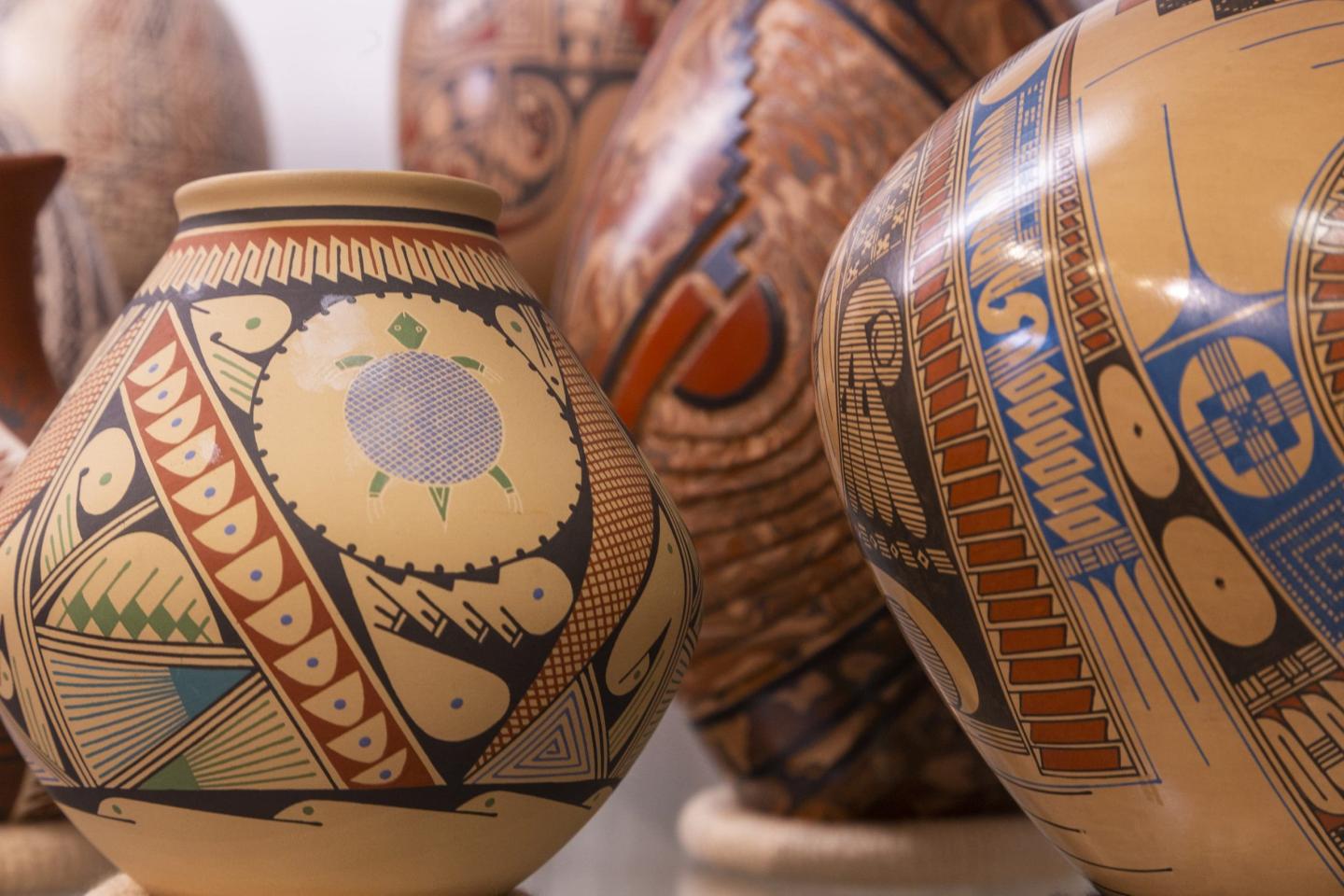
Native American heritage
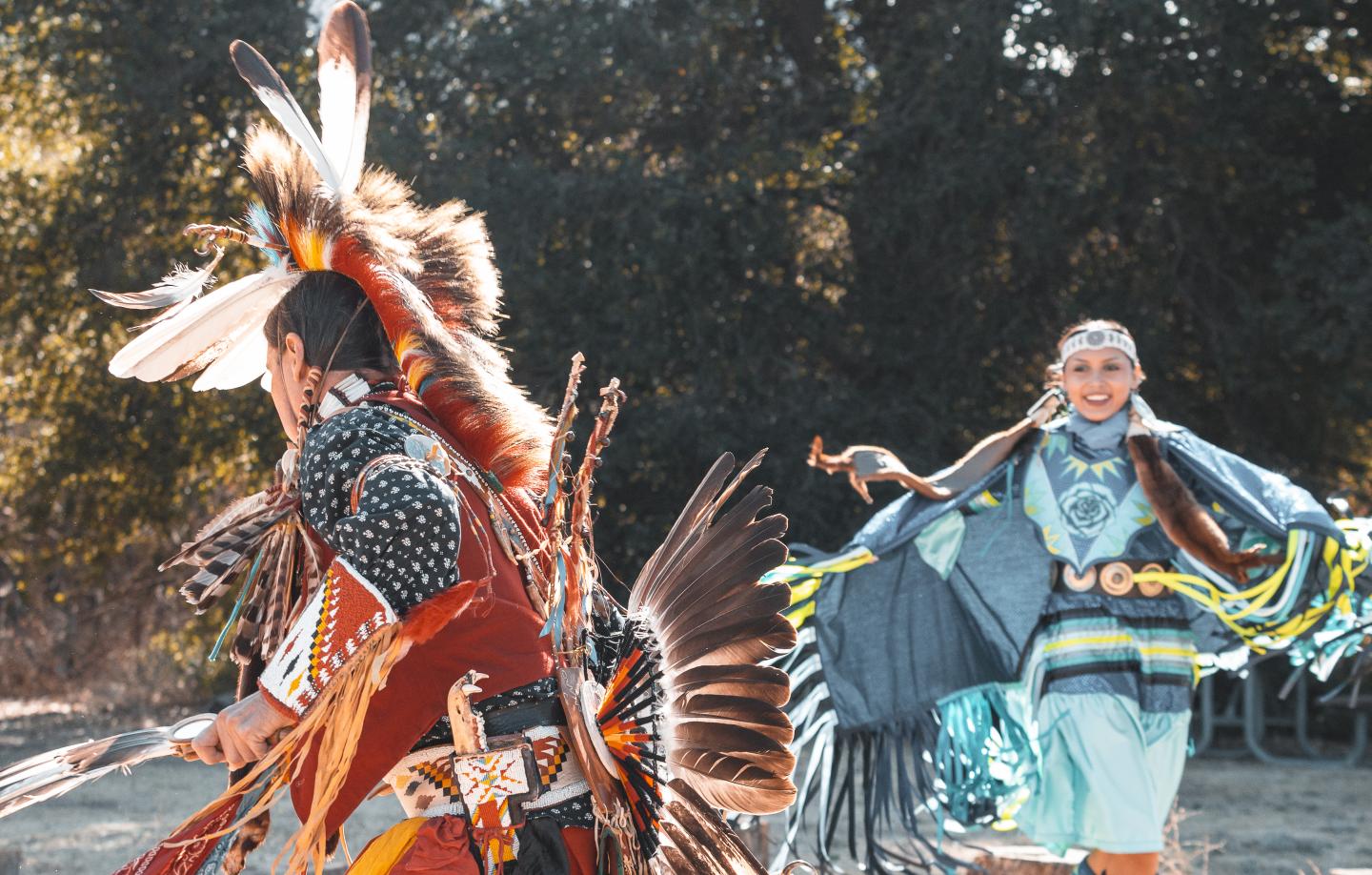

Learn about Indigenous heritage in our national parks.
National parks do more than preserve landscapes—they protect the histories, cultures, and sacred places of Indigenous peoples. From cliff dwellings to battlefields and trading posts, these sites tell stories of resilience, innovation, and tradition. Visit with care and respect for the people who came before and the people still living and thriving today.
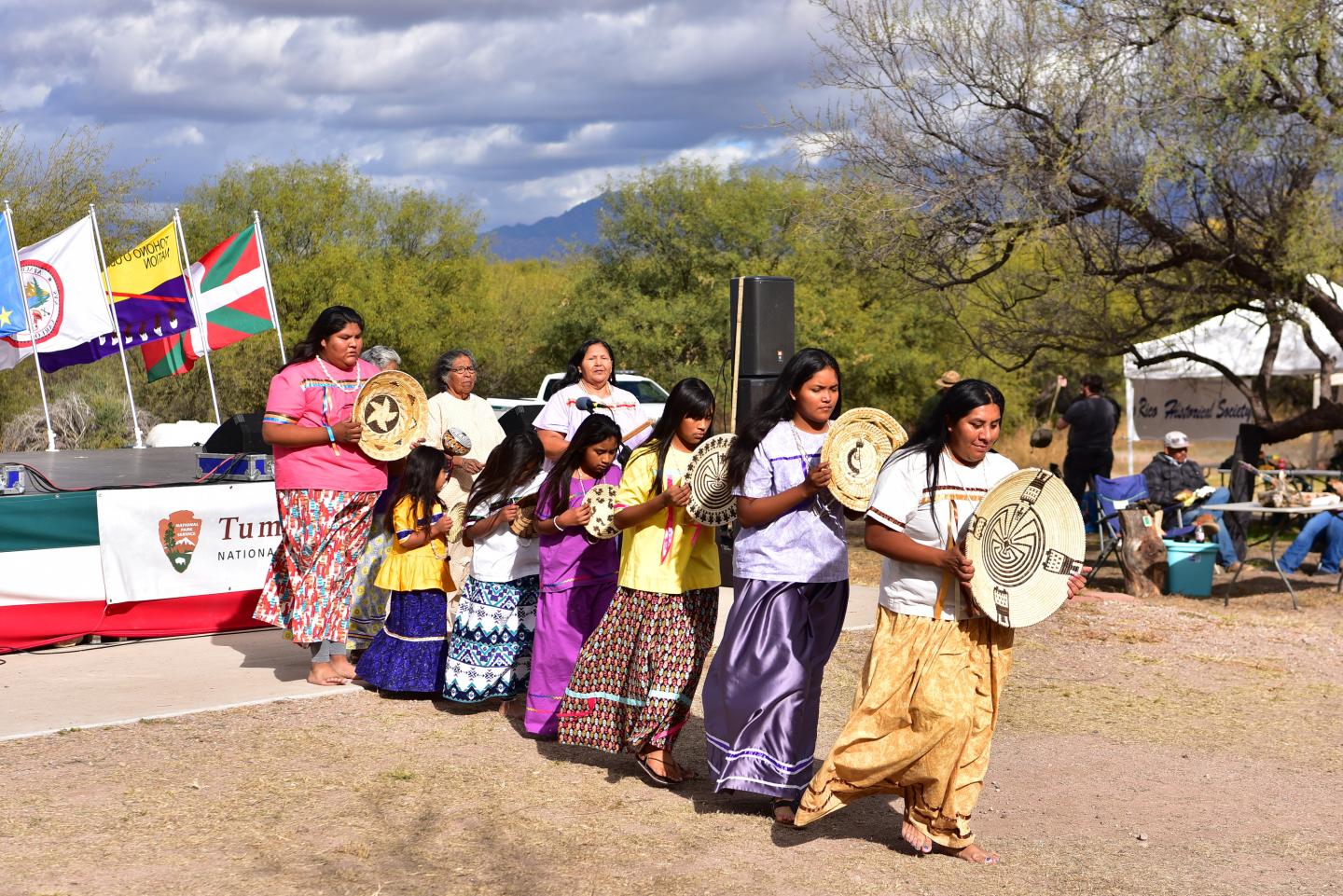
Honoring Indigenous histories in our national parks
Across the country, national parks protect more than just landscapes—they preserve stories, cultures, and histories that stretch back thousands of years. These parks offer a deeper understanding of the enduring connections between Indigenous peoples and the lands they have stewarded for generations.
Know before you go
Visiting parks that preserve Indigenous heritage is a meaningful experience, but it comes with responsibilities. Here are some ways to ensure your visit is both respectful and enriching.
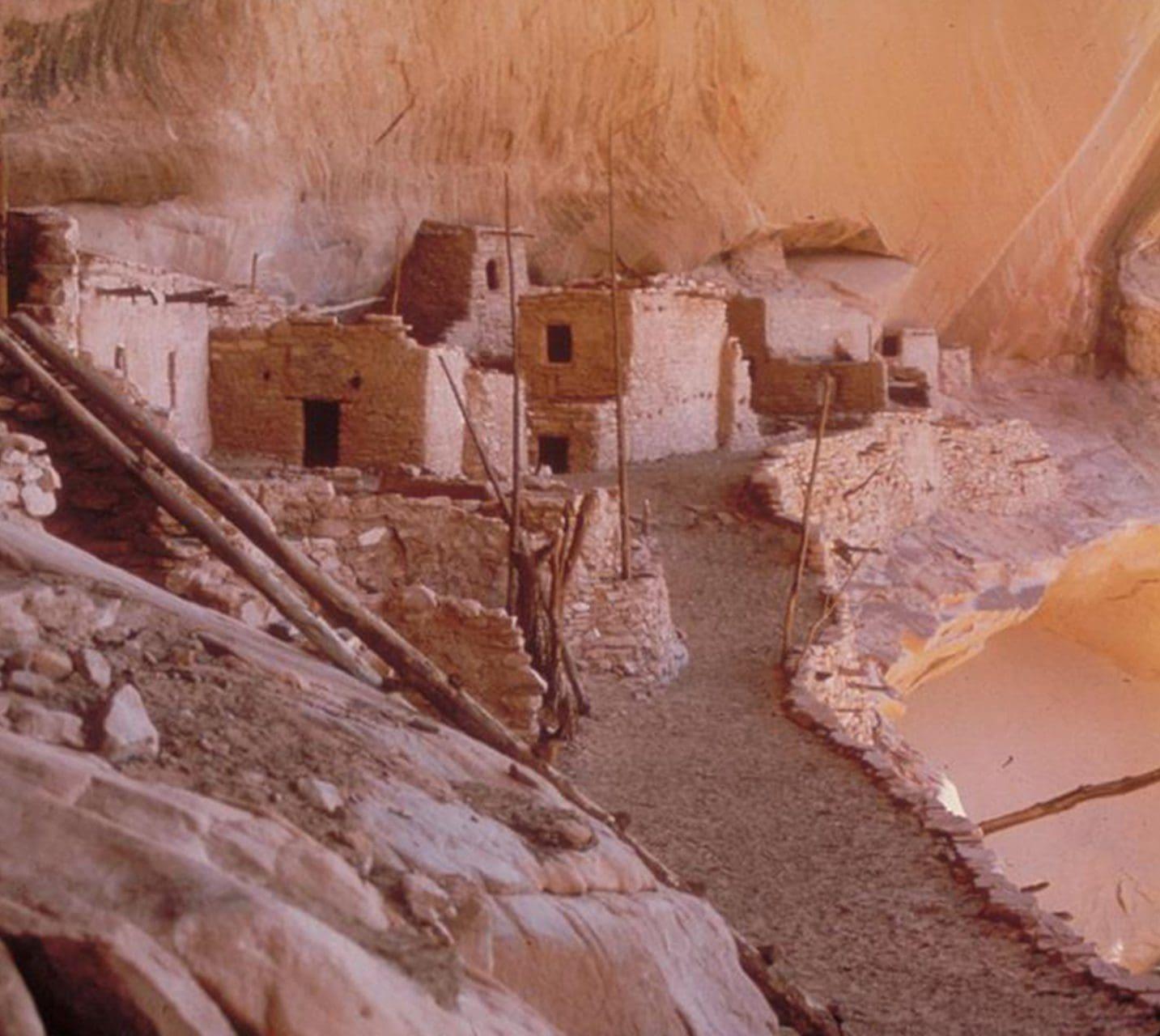
Stay on designated trails
Many parks contain fragile cultural sites that may not be immediately visible. Straying off-trail can cause unintentional damage.
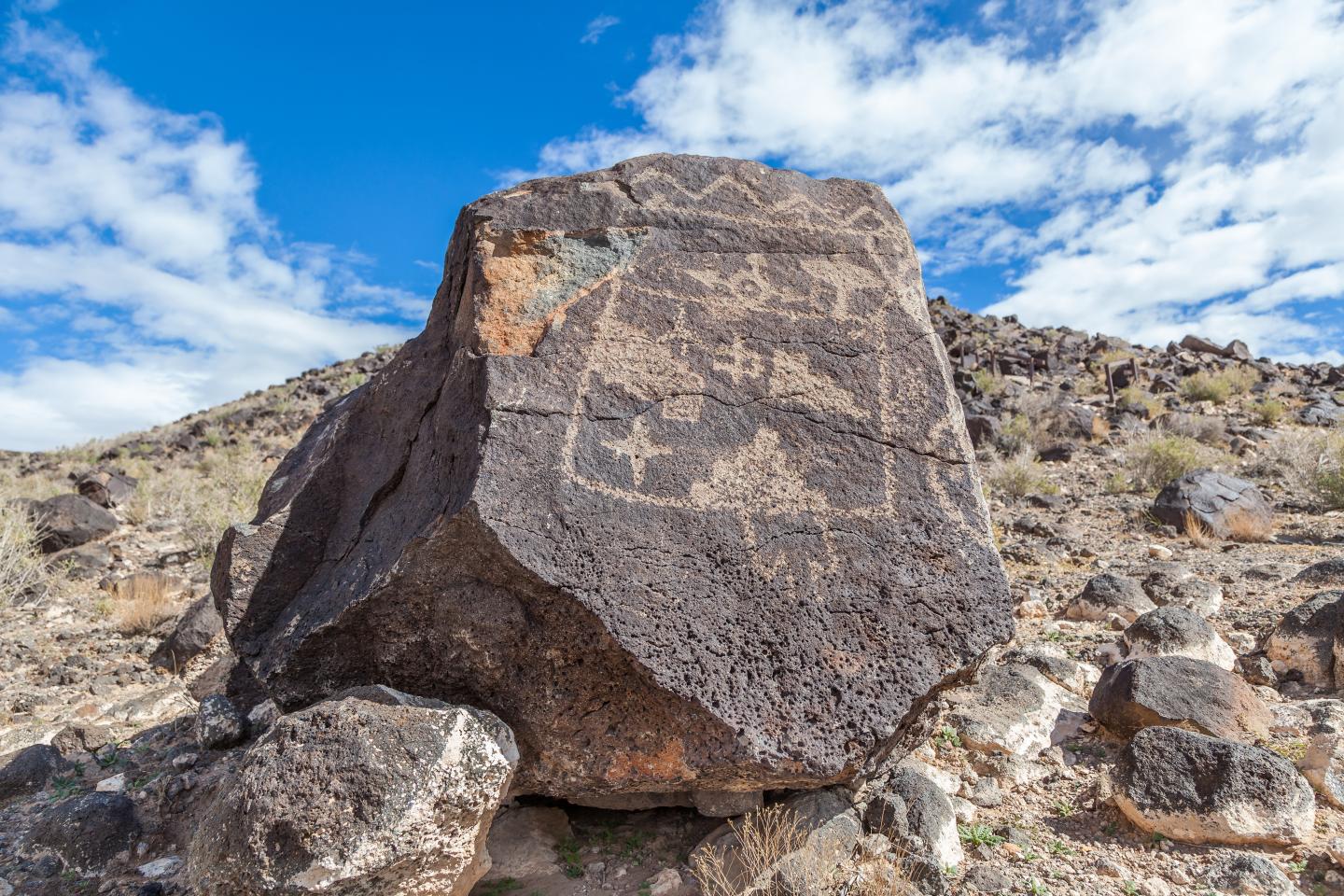
Leave artifacts where you find them
Arrowheads, pottery shards, and other cultural items are protected by law. Take a picture, appreciate the history, and leave it in place for others to experience.

Respect sacred spaces
Some sites are still actively used for ceremonies and other cultural practices. Admire restricted areas from a distance.

Learn from Indigenous voices
Many parks collaborate with Tribal Nations to share their stories. Look for ranger programs, visitor center exhibits, and signage developed in partnership with Indigenous communities.
Parks that preserve and share Indigenous stories
These parks offer a glimpse into the deep histories and ongoing traditions of Indigenous peoples.
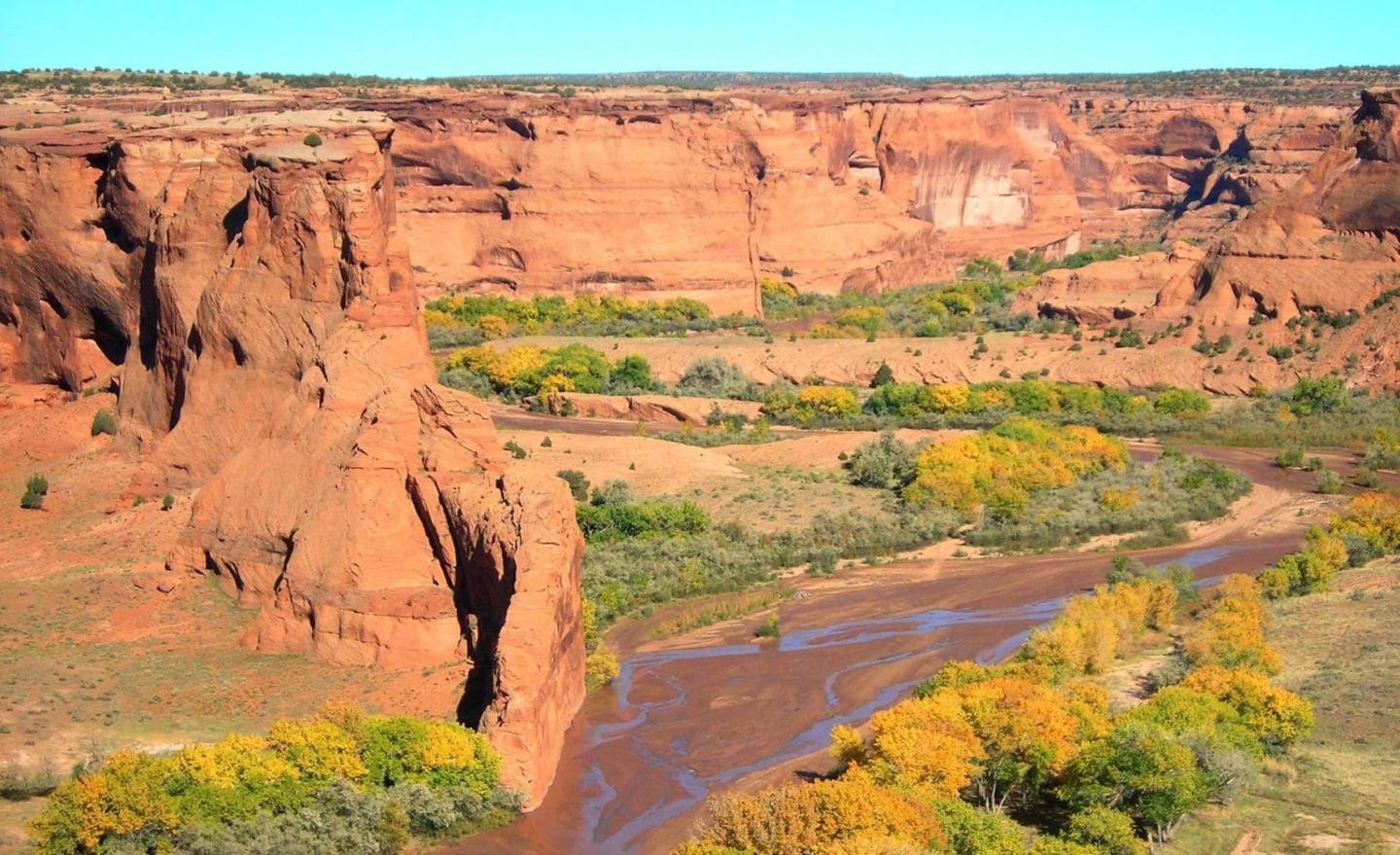
Canyon De Chelly National Monument
This breathtaking canyon is not just a historical site—it is a living home to the Diné (Navajo). Guided tours led by Diné guides offer authentic experiences and unique insights.
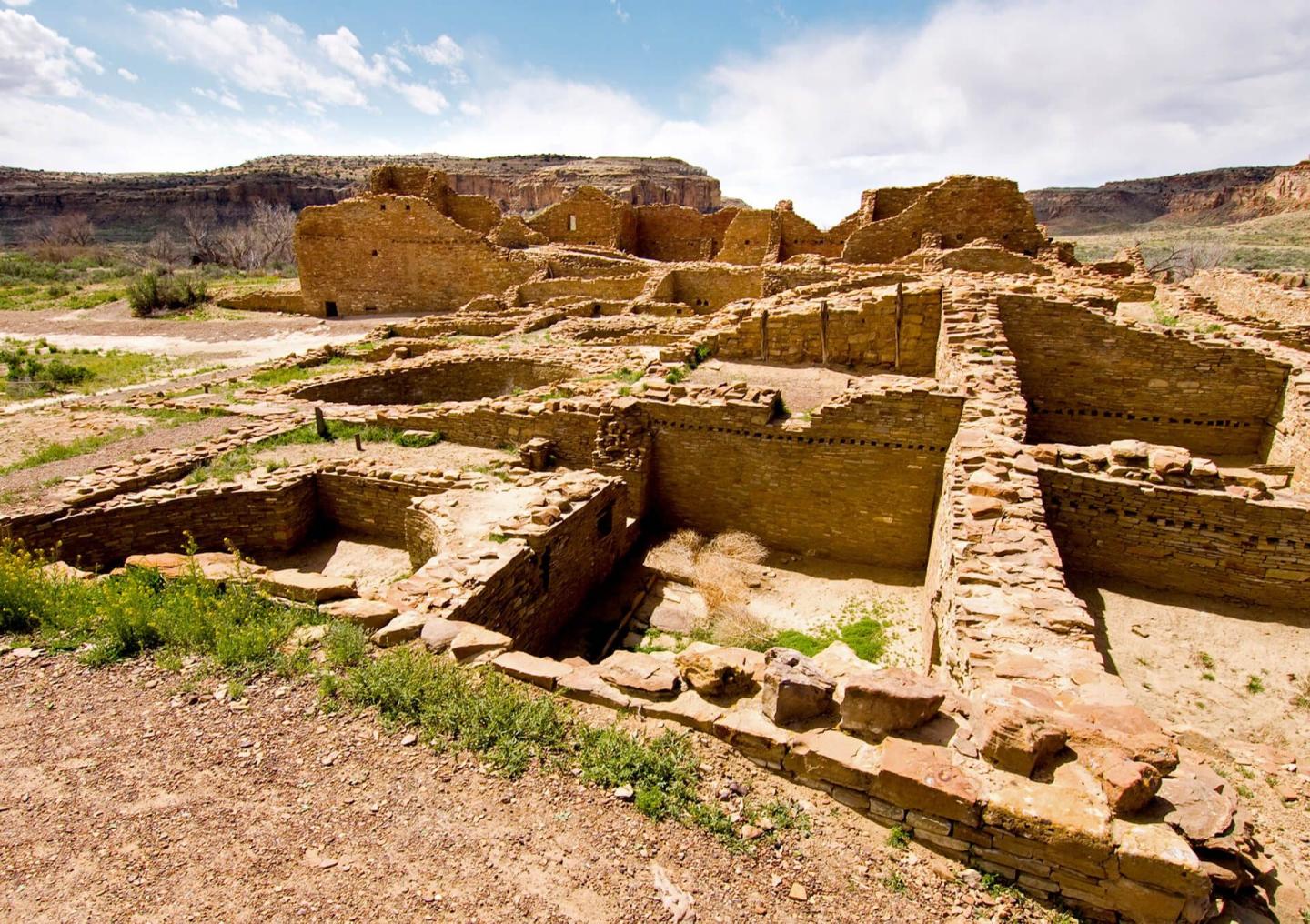
Chaco Culture National Historical Park
Once a thriving center of Puebloan culture, Chaco Canyon remains one of the most significant cultural sites in North America. The alignment of its massive structures with celestial events speaks to the advanced knowledge of its builders.
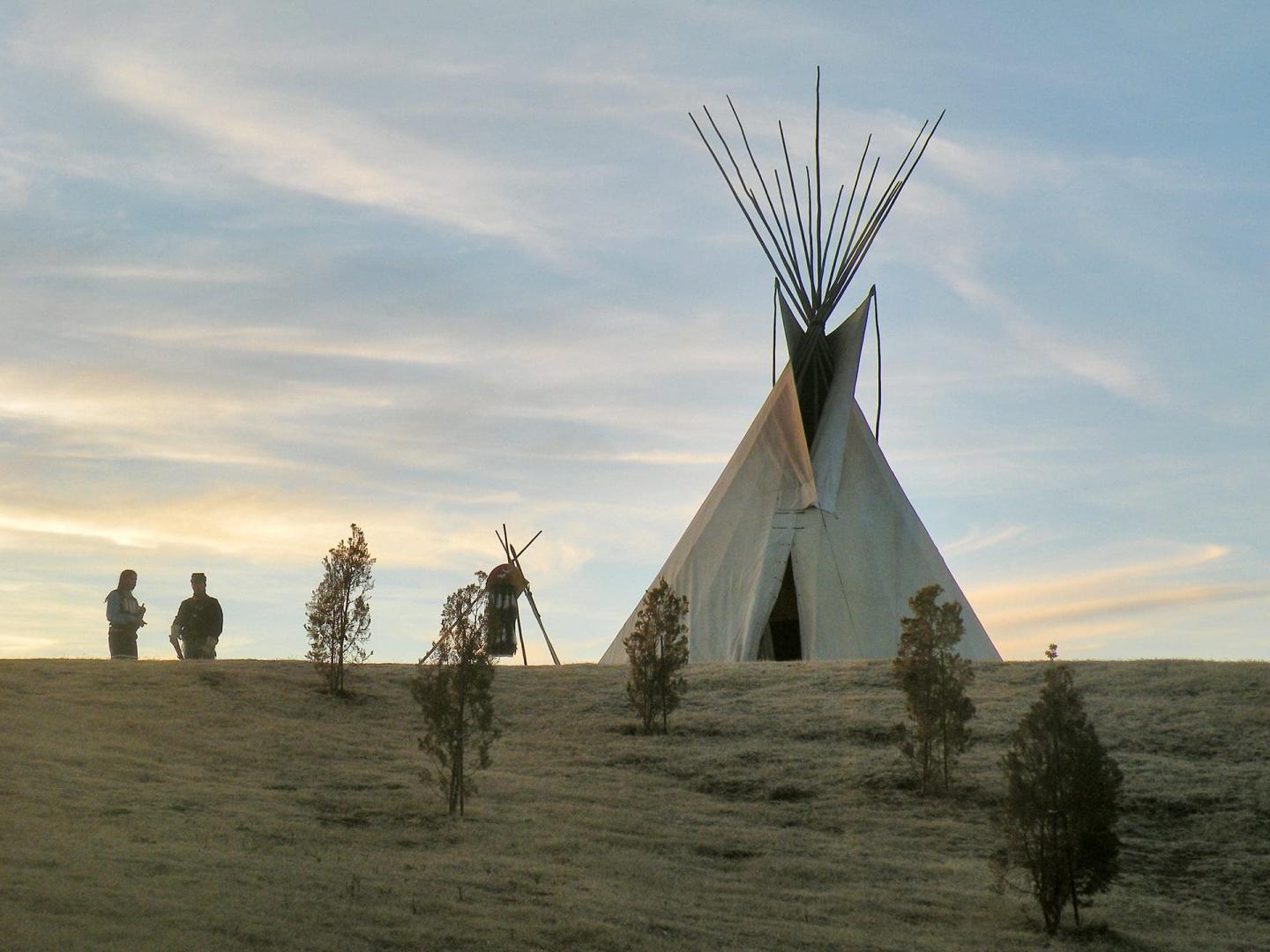
Washita Battlefield National Historic Site
This site marks the location of the 1868 surprise attack by US Army forces on a Southern Cheyenne village led by Chief Black Kettle. It serves as a place of remembrance and reflection on the history of the Cheyenne and Arapaho peoples.
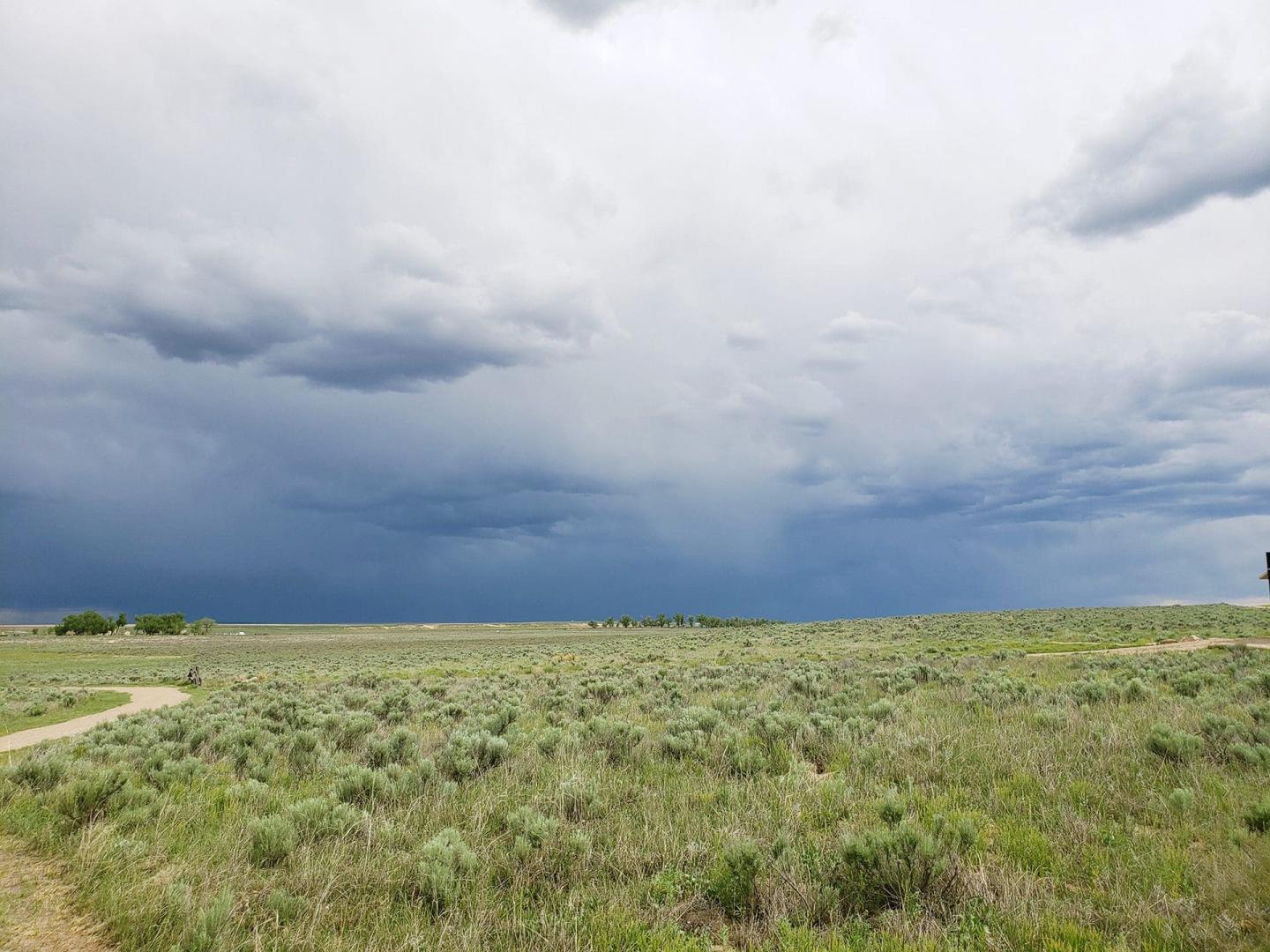
Sand Creek Massacre National Historic Site
A solemn place remembering the 1864 massacre of Cheyenne and Arapaho people by US cavalry. This site honors those who lost their lives and helps visitors understand this tragic chapter in American history.
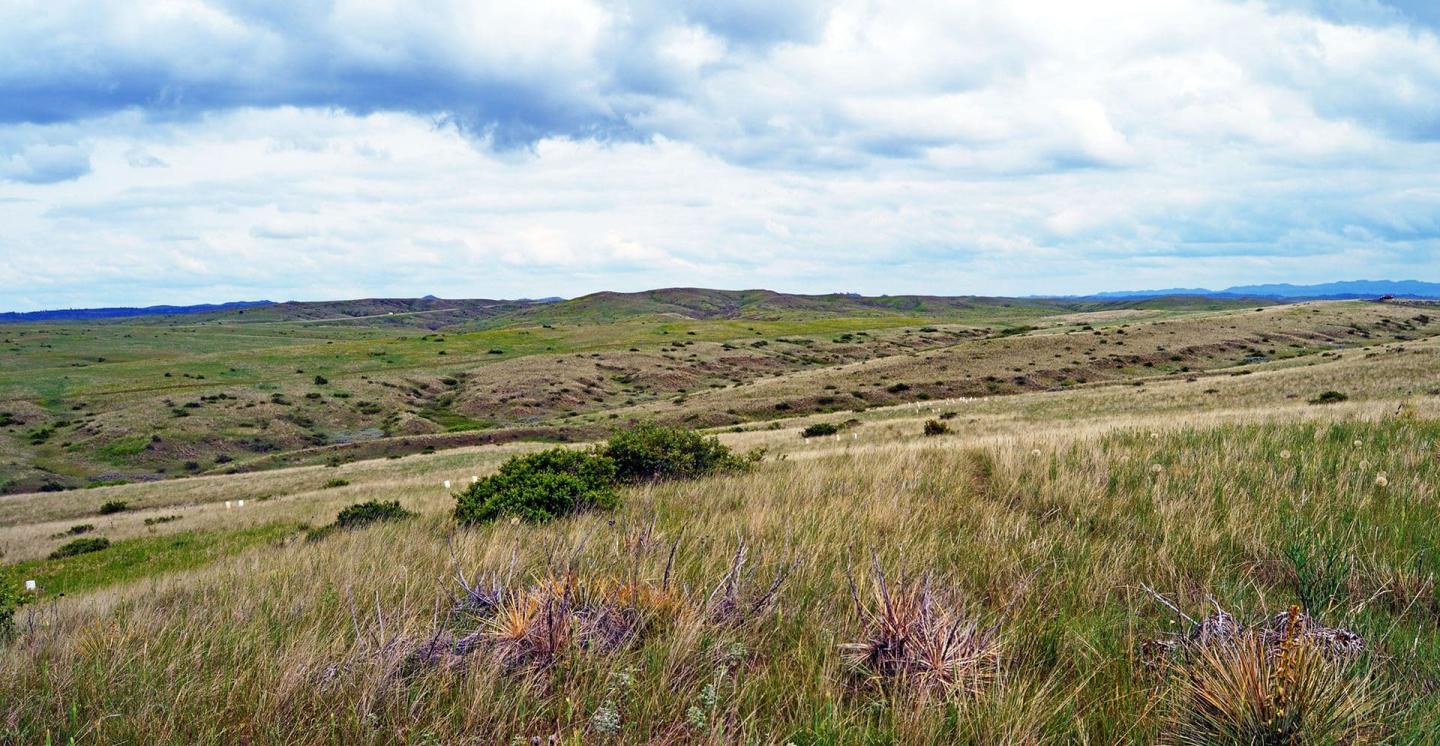
Little Bighorn Battlefield National Monument
The site of the famous 1876 battle between the Lakota, Northern Cheyenne, Arapaho, and the US Army’s 7th Cavalry. The monument honors both Indigenous warriors and US soldiers who fought in the conflict.
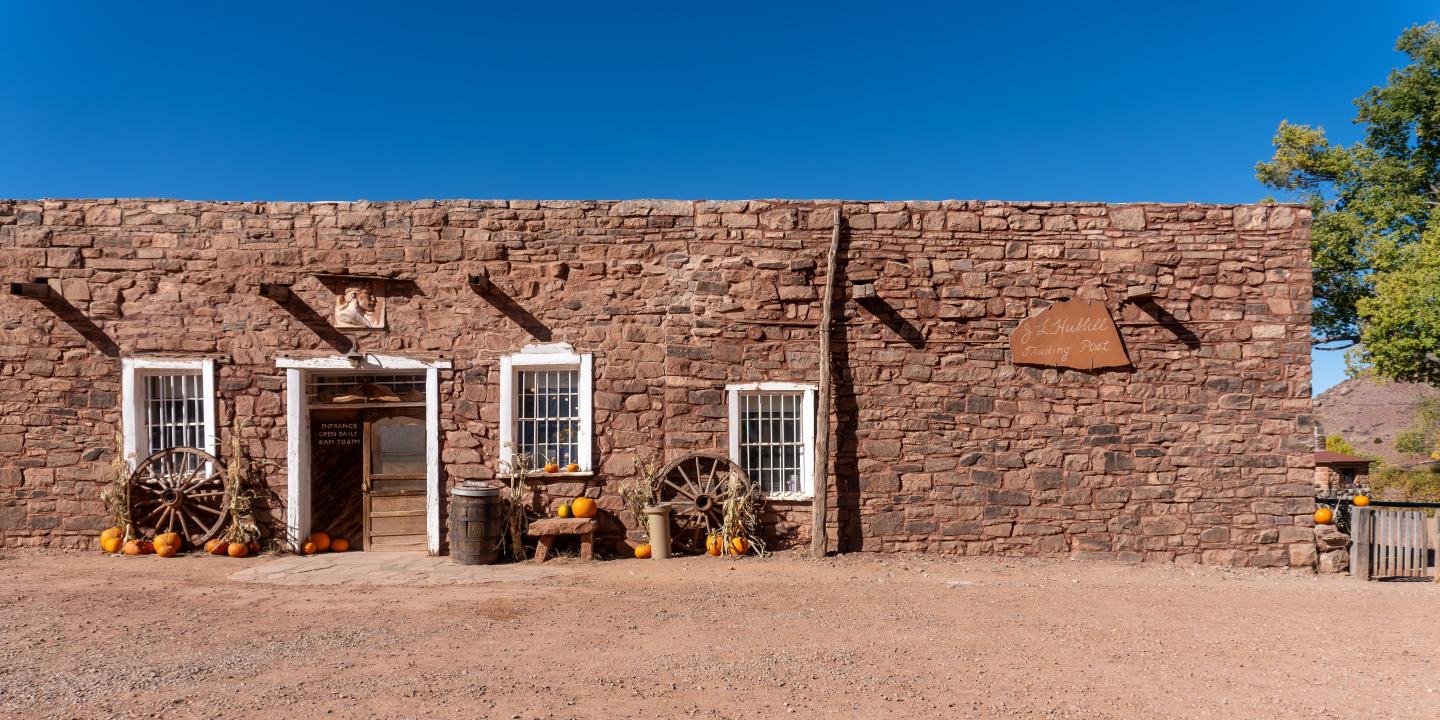
Hubbell Trading Post National Historic Site
The longest continuously operating trading post in the US, this site offers insight into Diné (Navajo) commerce, culture, and traditions. Visitors can experience traditional weaving, silversmithing, and trading practices.
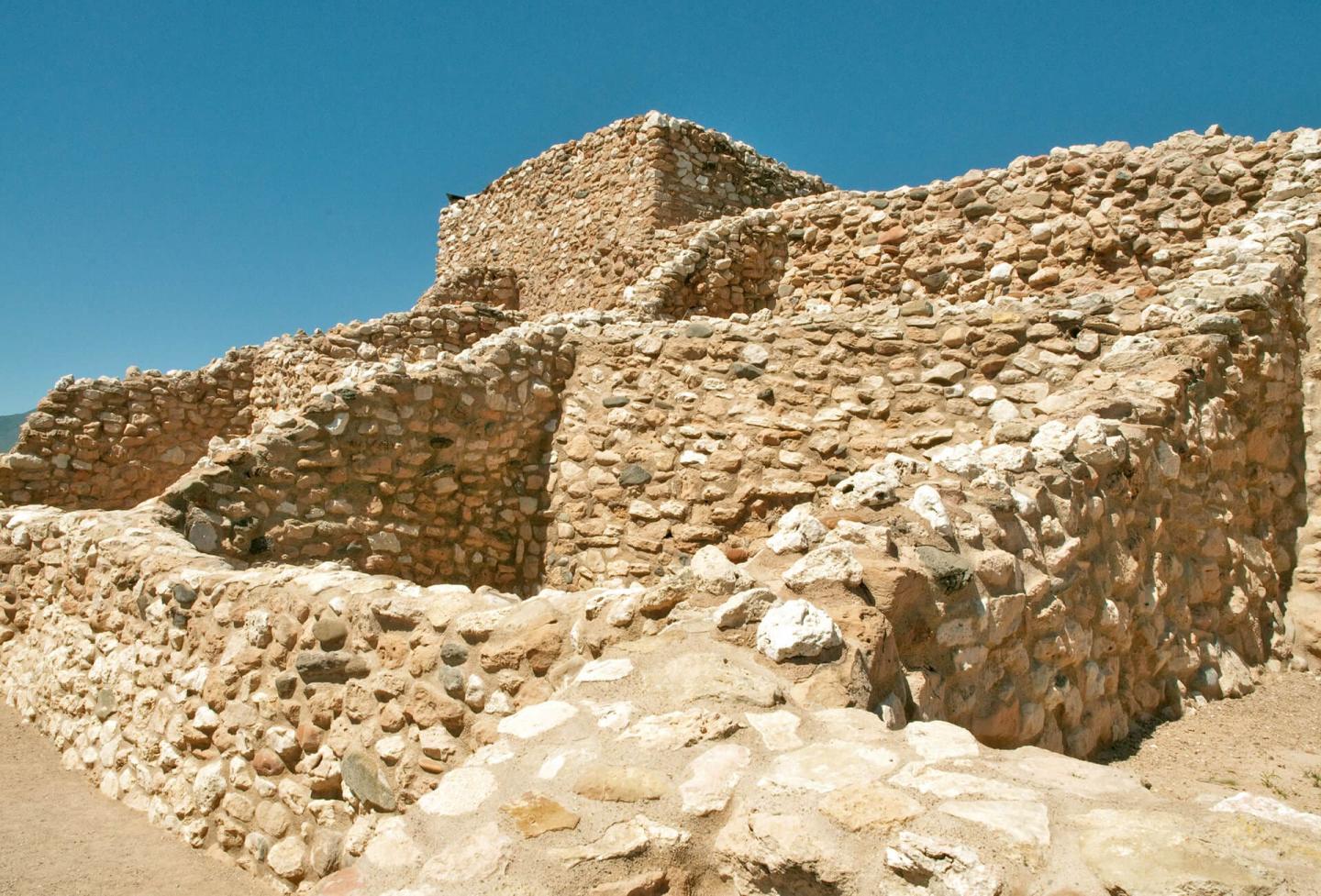
Tuzigoot National Monument
The remains of a hilltop pueblo built by the more than 900 years ago. From its vantage point, you can picture the vibrant community that once called this place home as you take in the serenity of the Verde Valley.
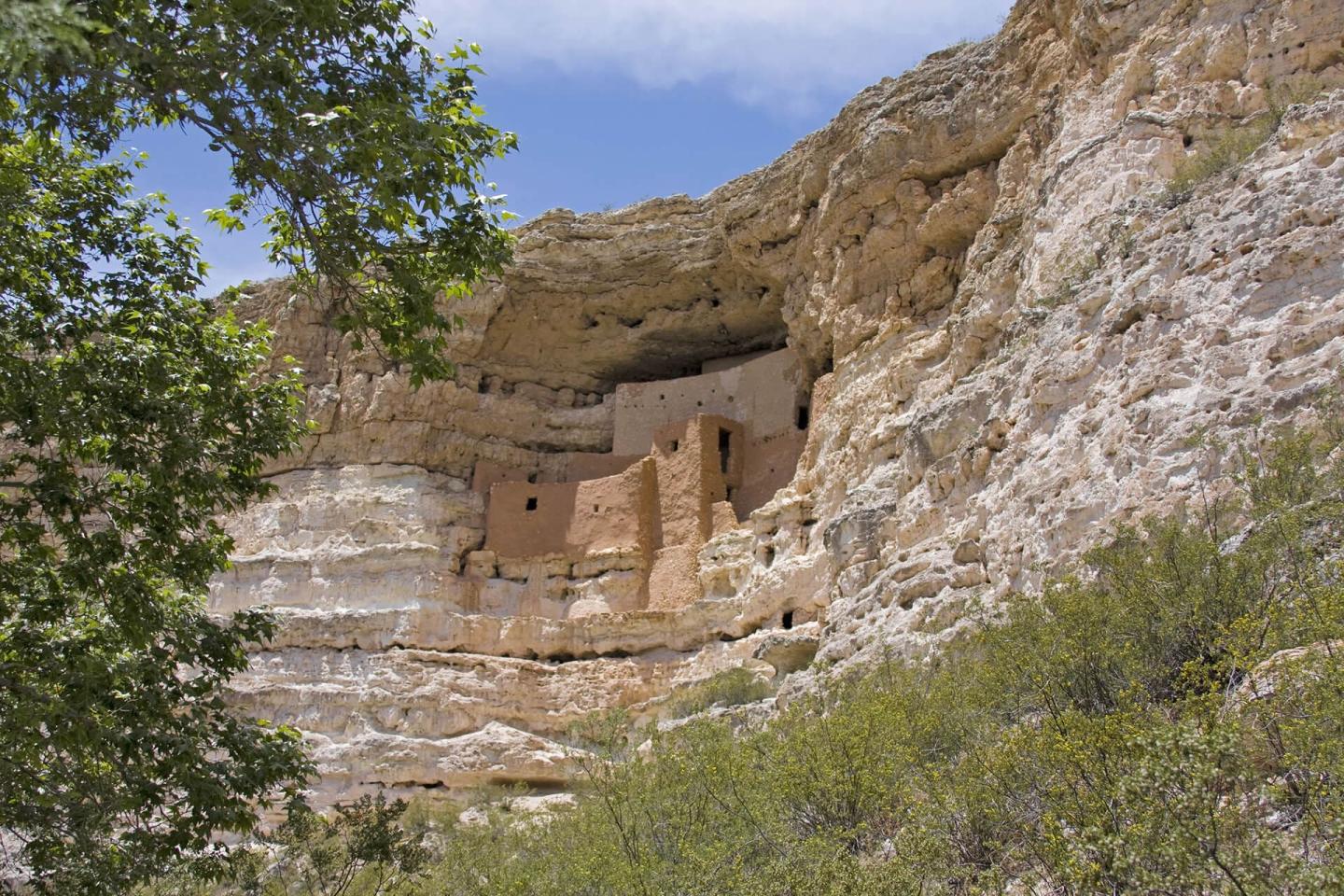
Montezuma Castle National Monument
A stunningly well-preserved cliff dwelling built by the Sinagua people. Despite its name, it was never home to Montezuma but instead housed Indigenous families who thrived in the Verde Valley for centuries.
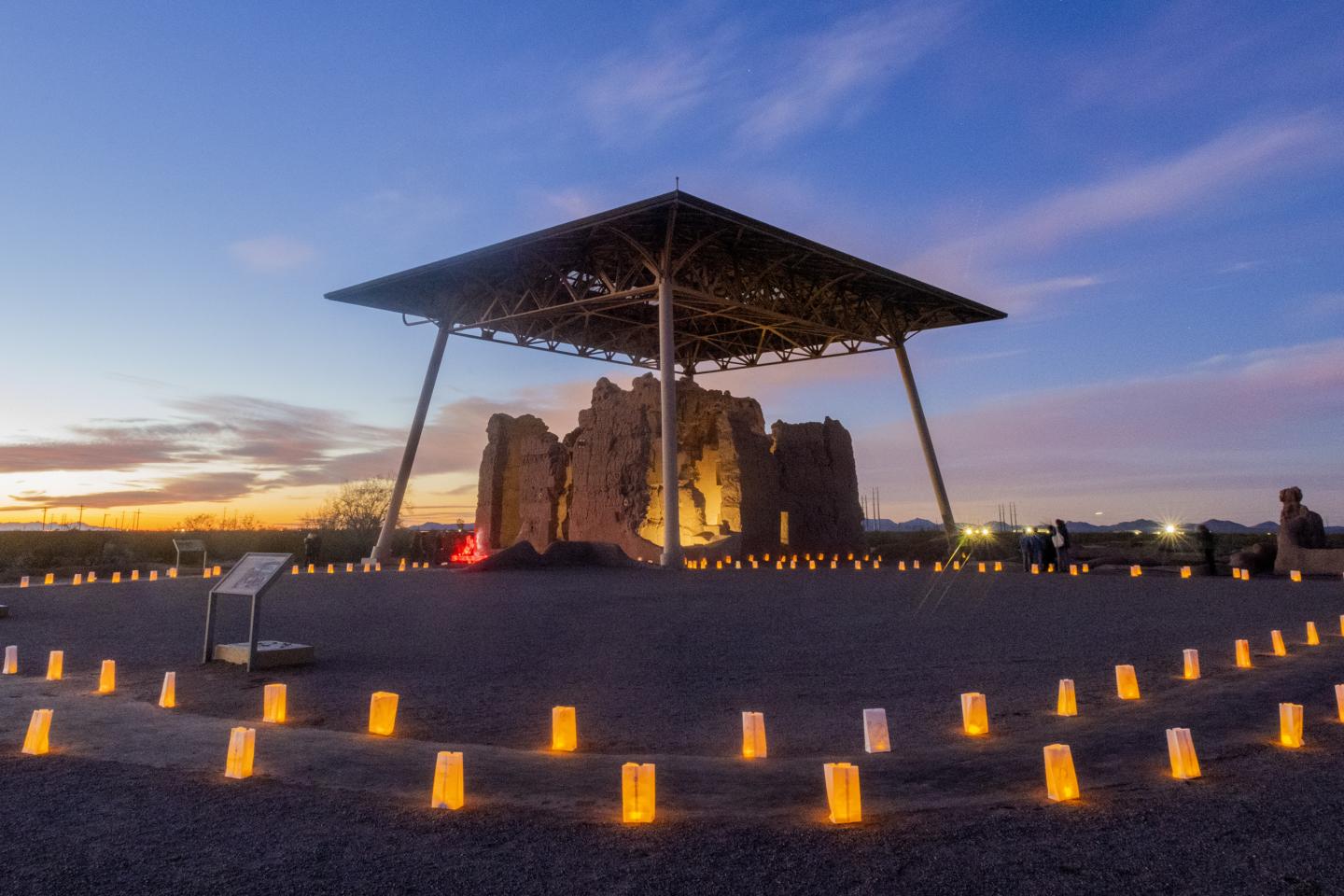
Casa Grande Ruins National Monument
One of the largest prehistoric structures in North America, this massive adobe compound built by the ancestral Sonoran Desert people is a testament to the ingenuity and engineering skills of early desert civilizations.
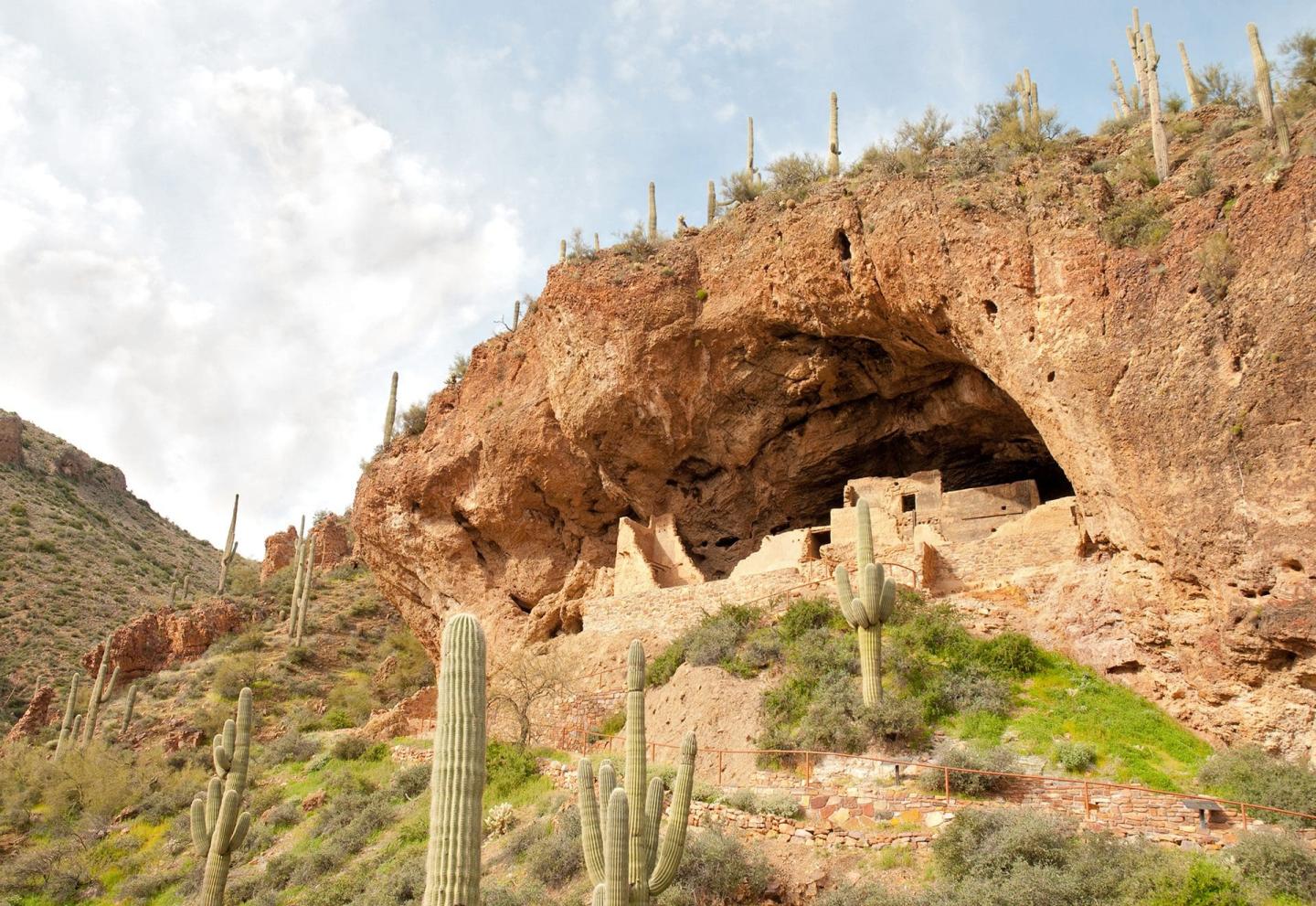
Tonto National Monument
Overlooking the Tonto Basin, these cliff dwellings tell the story of the Salado people, a term archaeologists used to describe the people who lived in this area who blended influences from neighboring cultures into their own unique society.
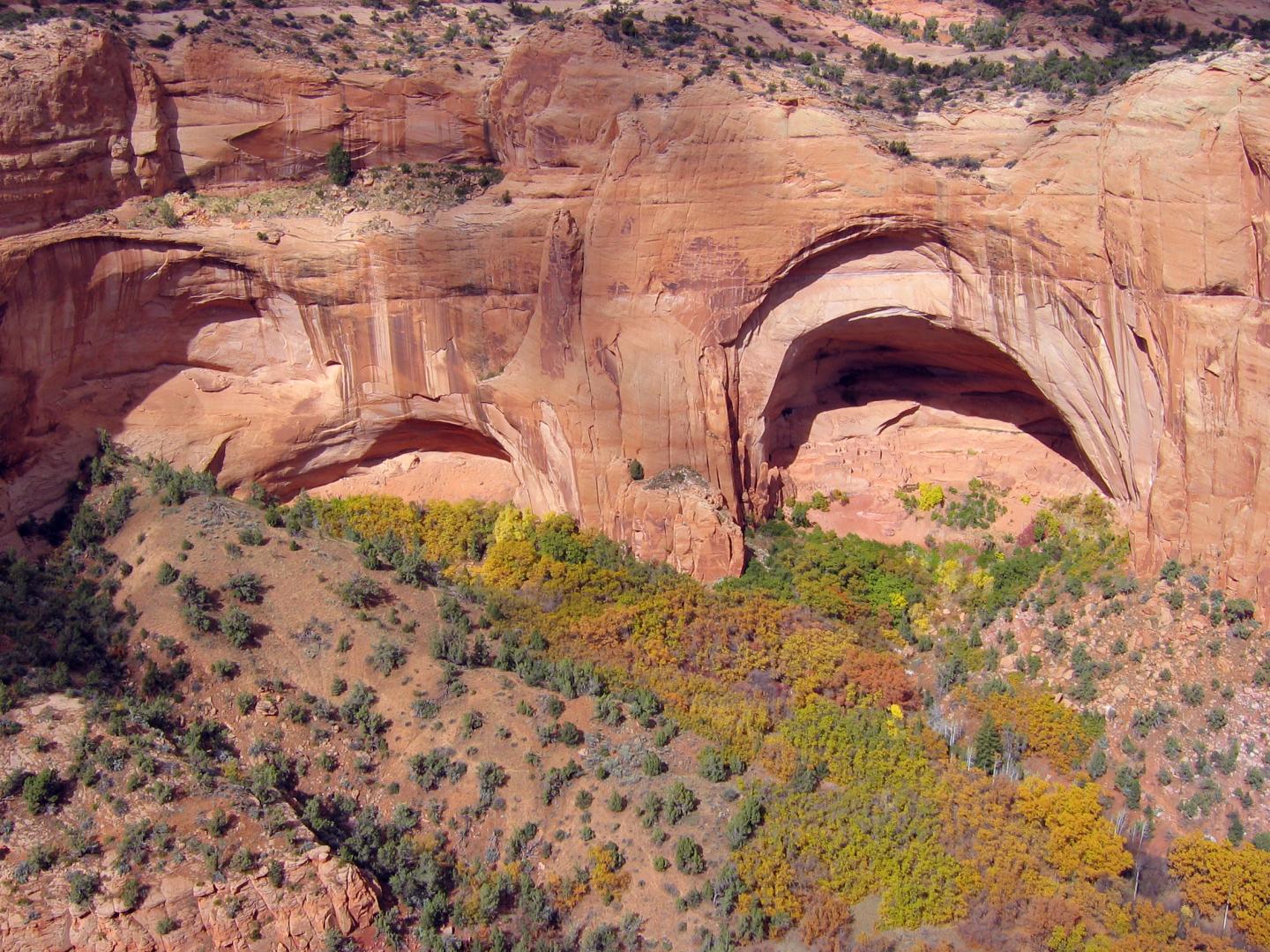
Navajo National Monument
Home to exceptionally well-preserved ancestral Puebloan cliff dwellings, including Betatakin and Keet Seel, this park provides a glimpse into the lives of the people who built and lived in these structures.
Explore parks for Native American heritage
Legend
- Partner Park
- Gateway City







